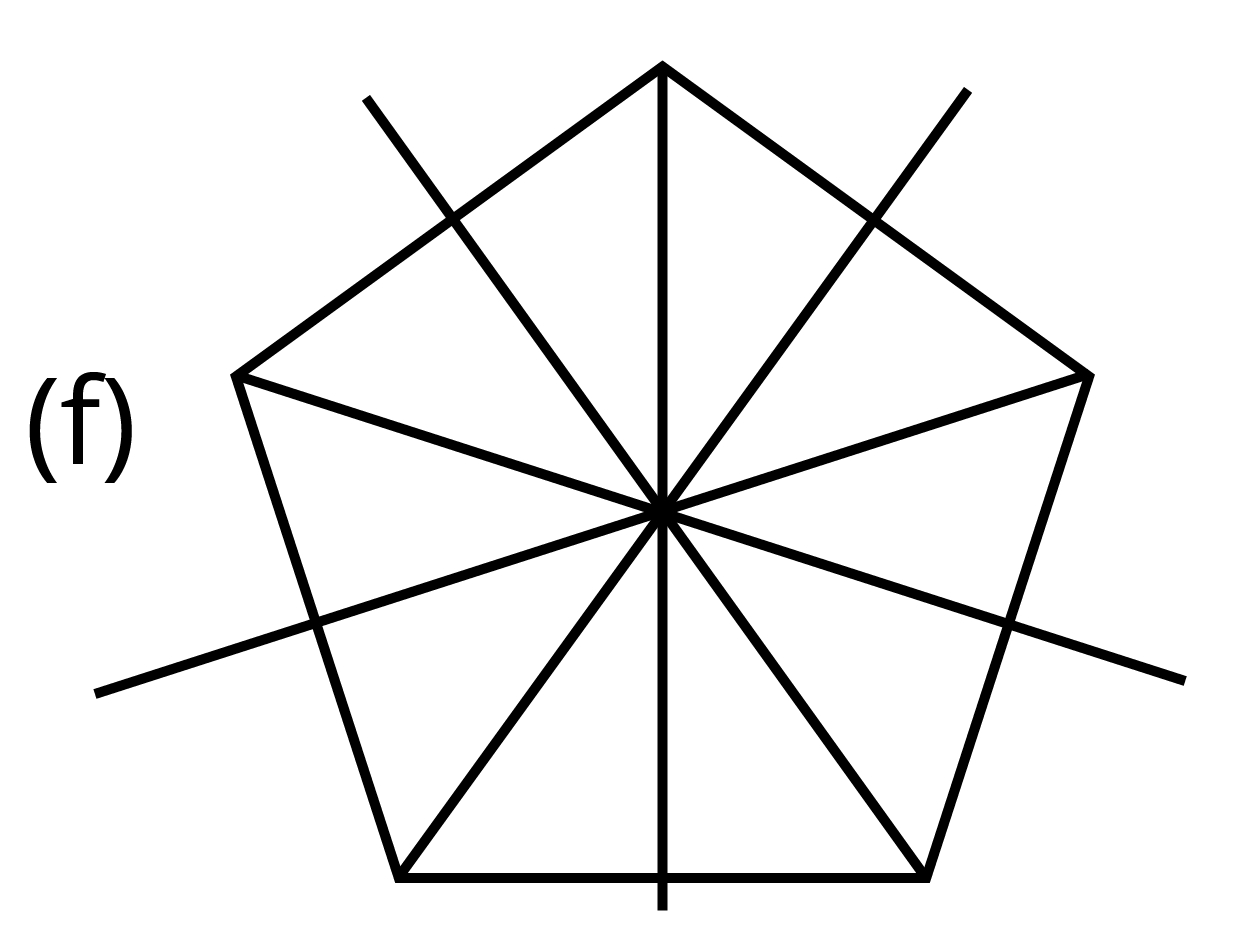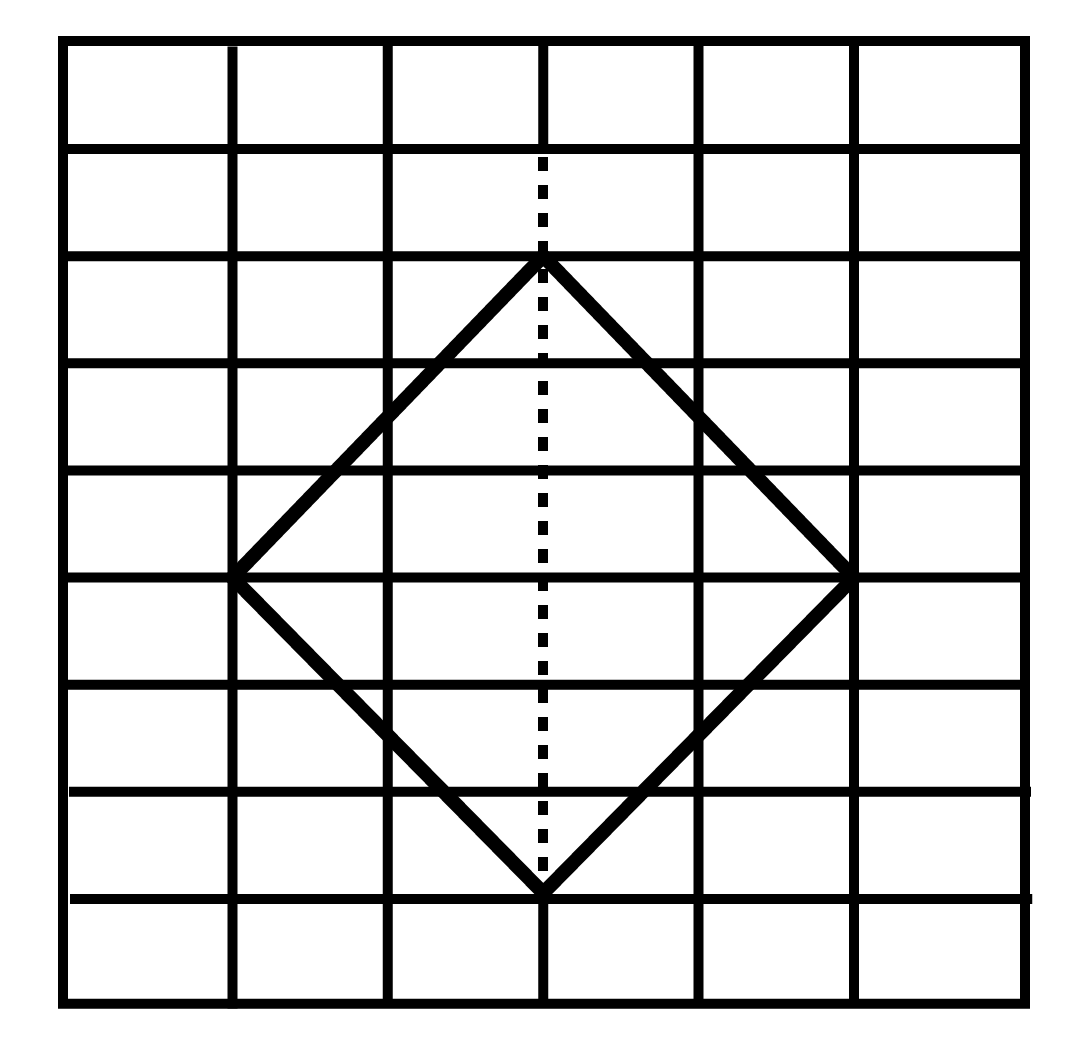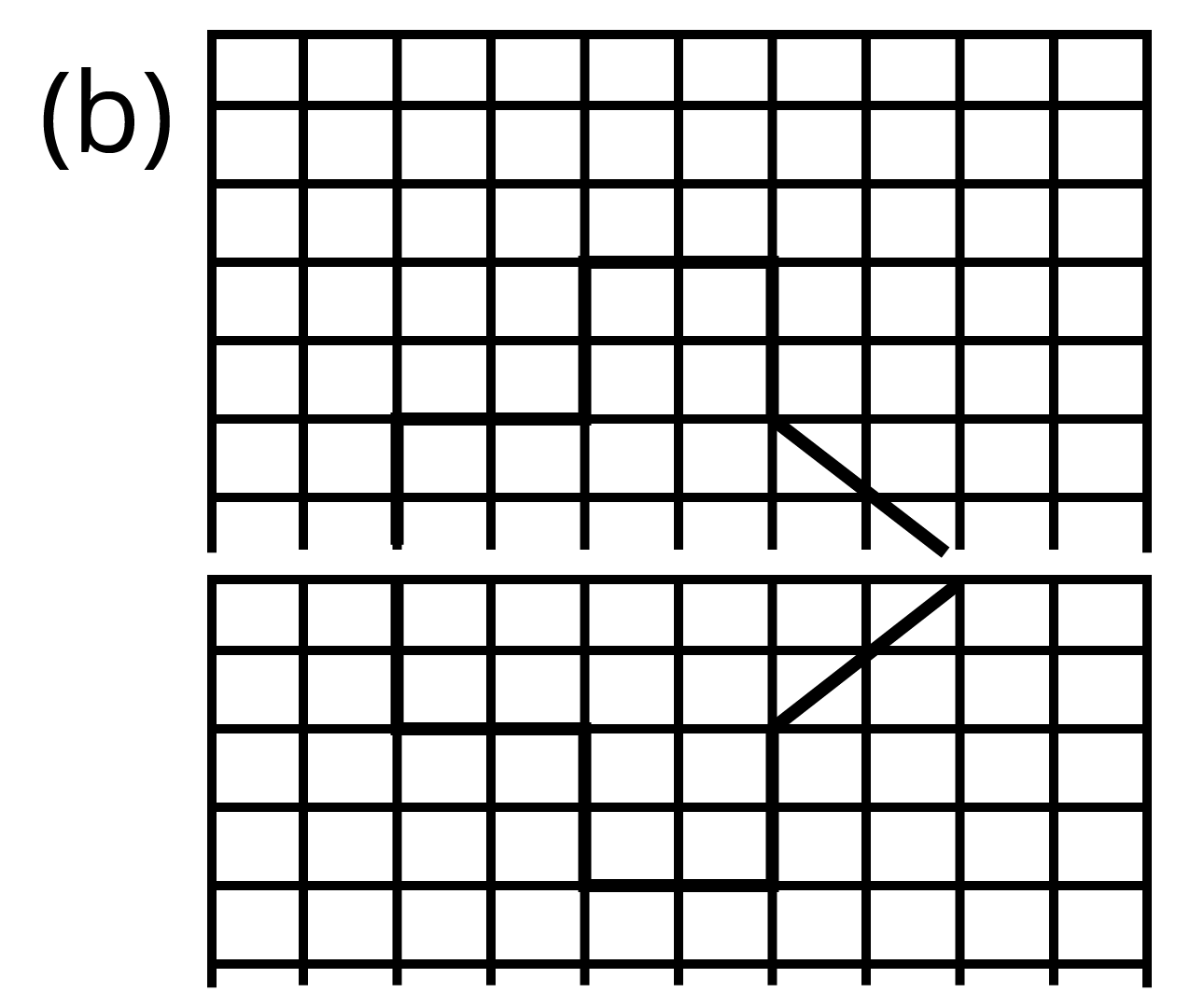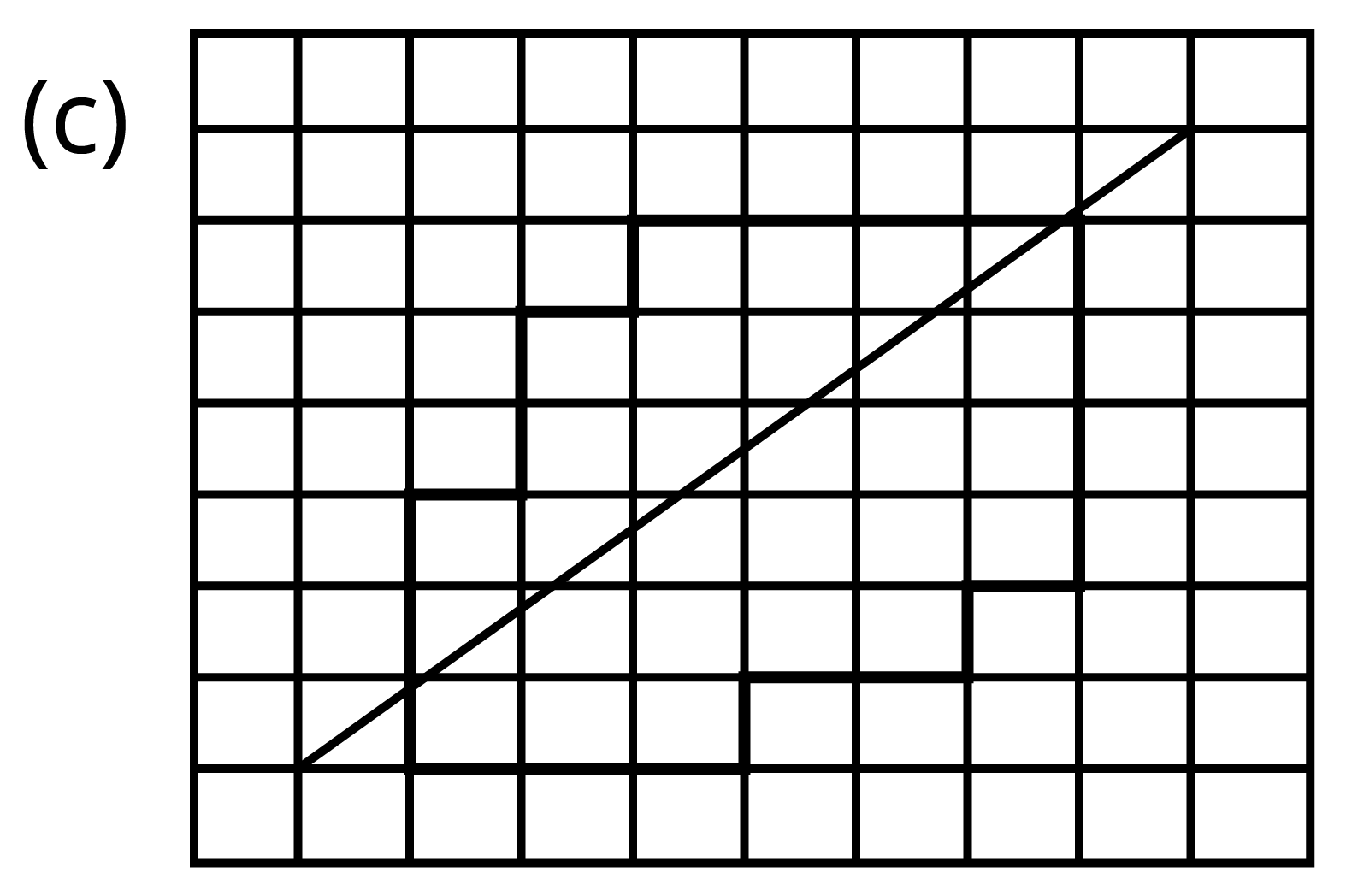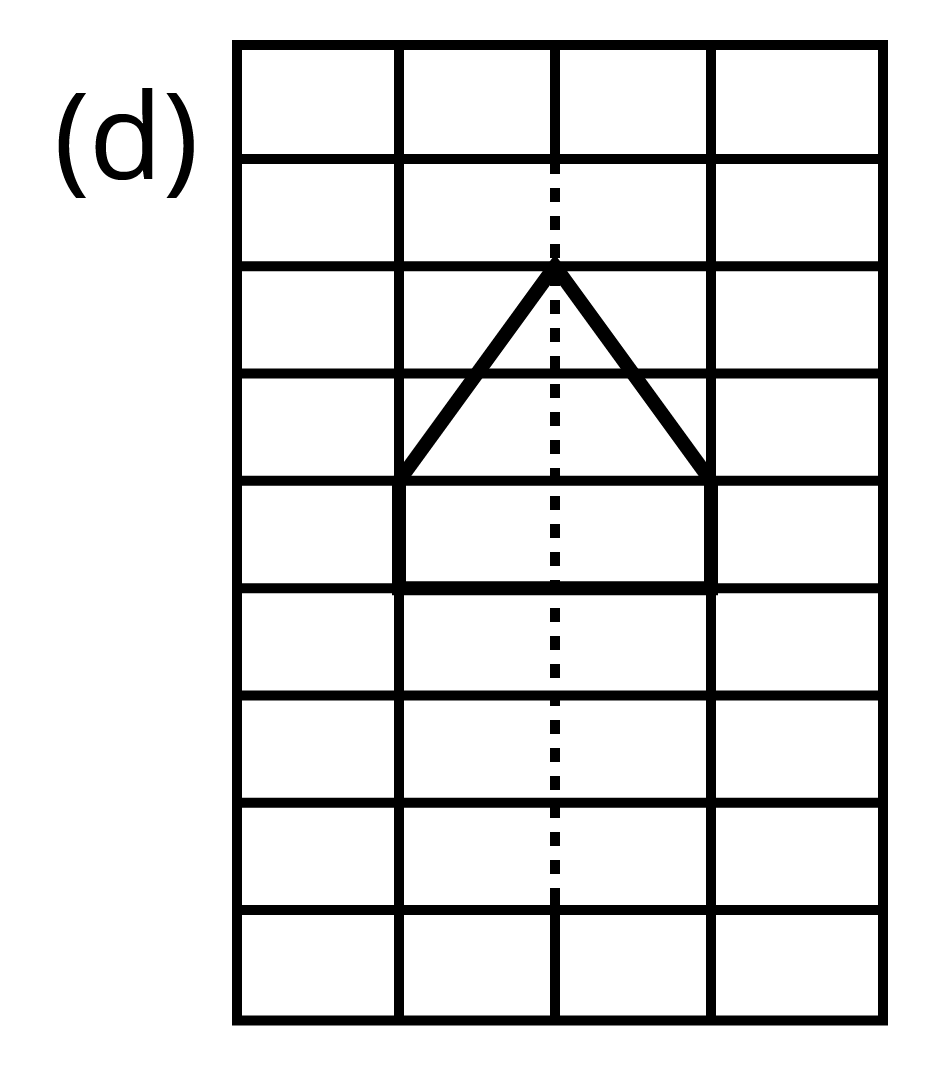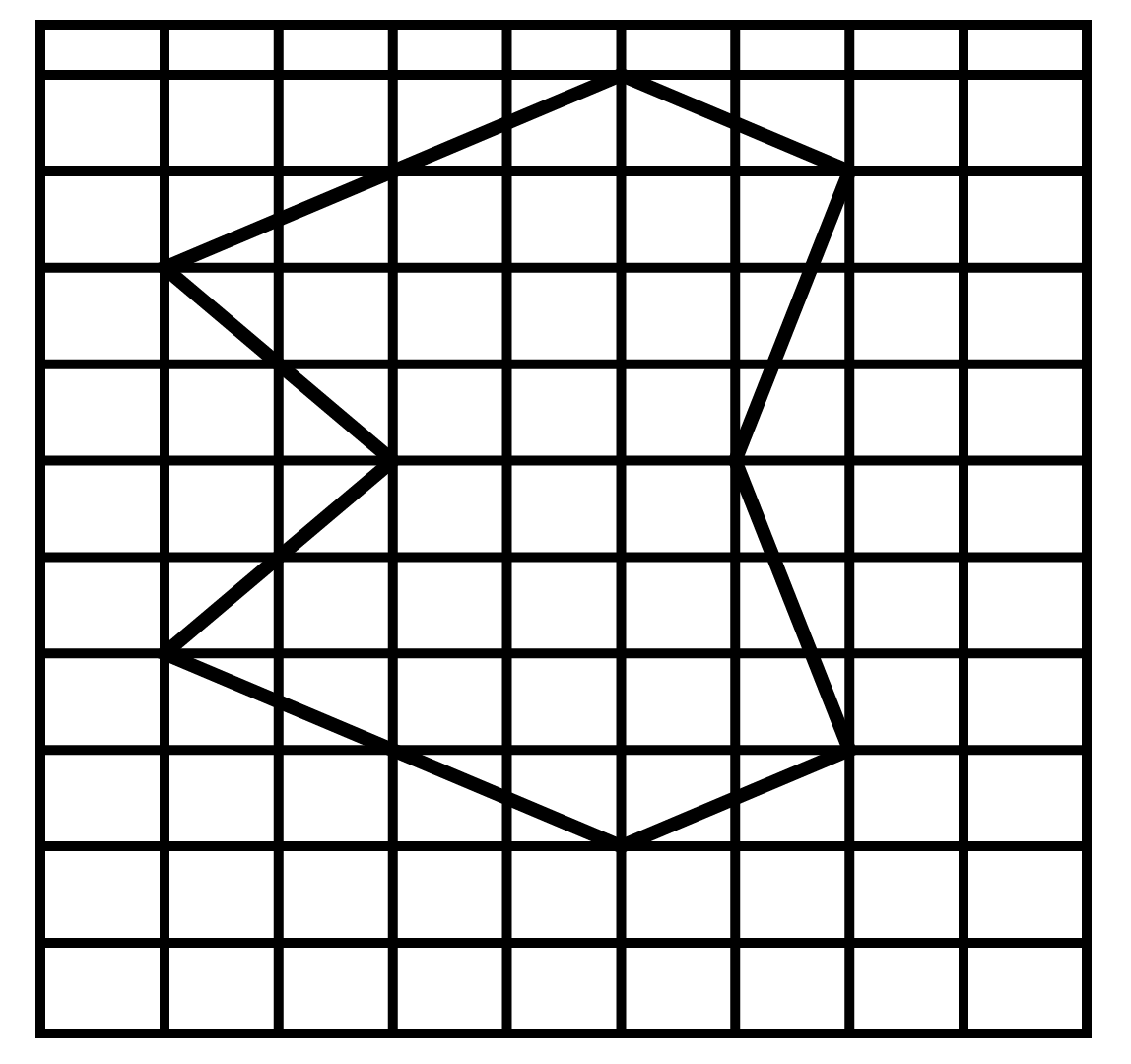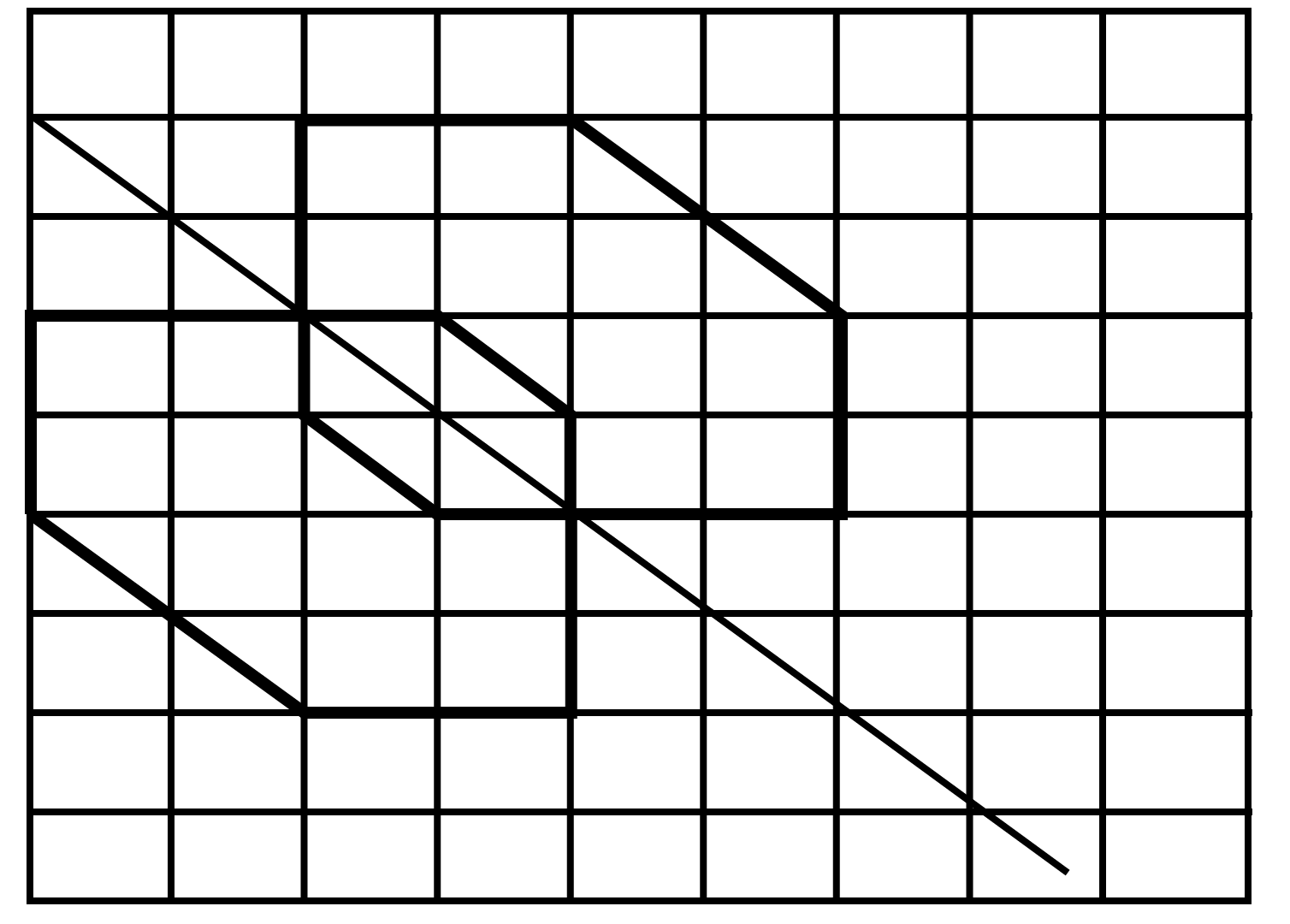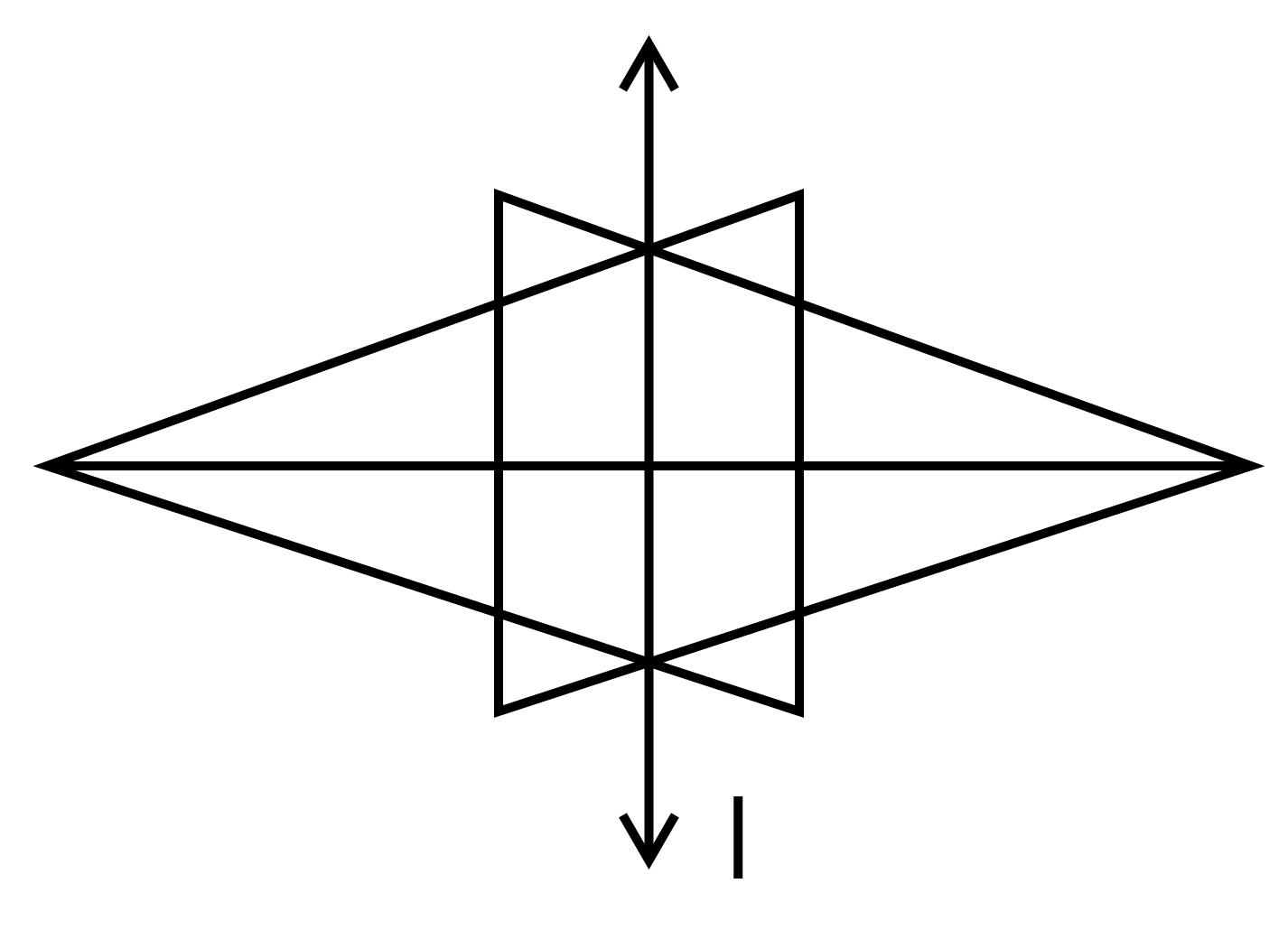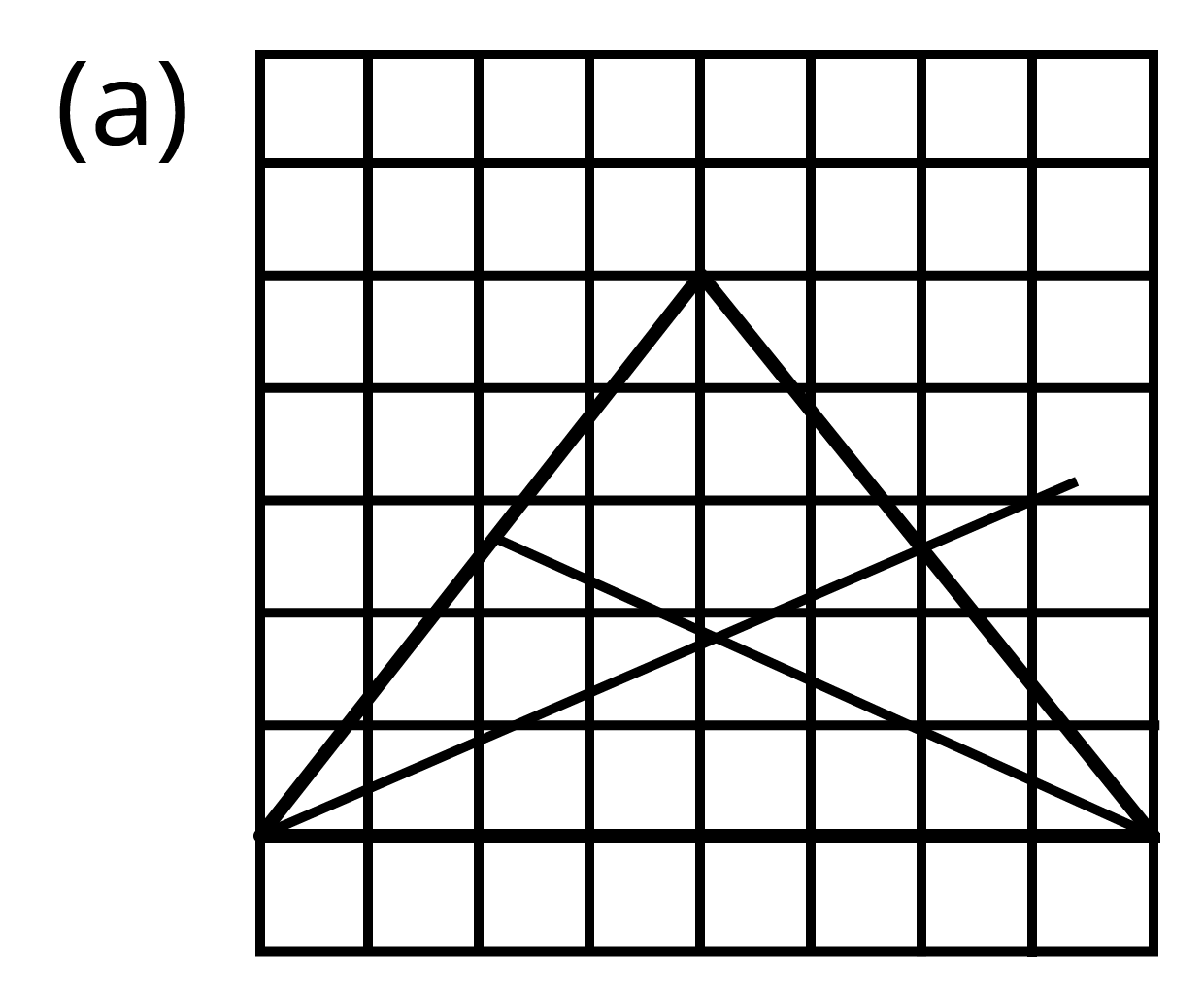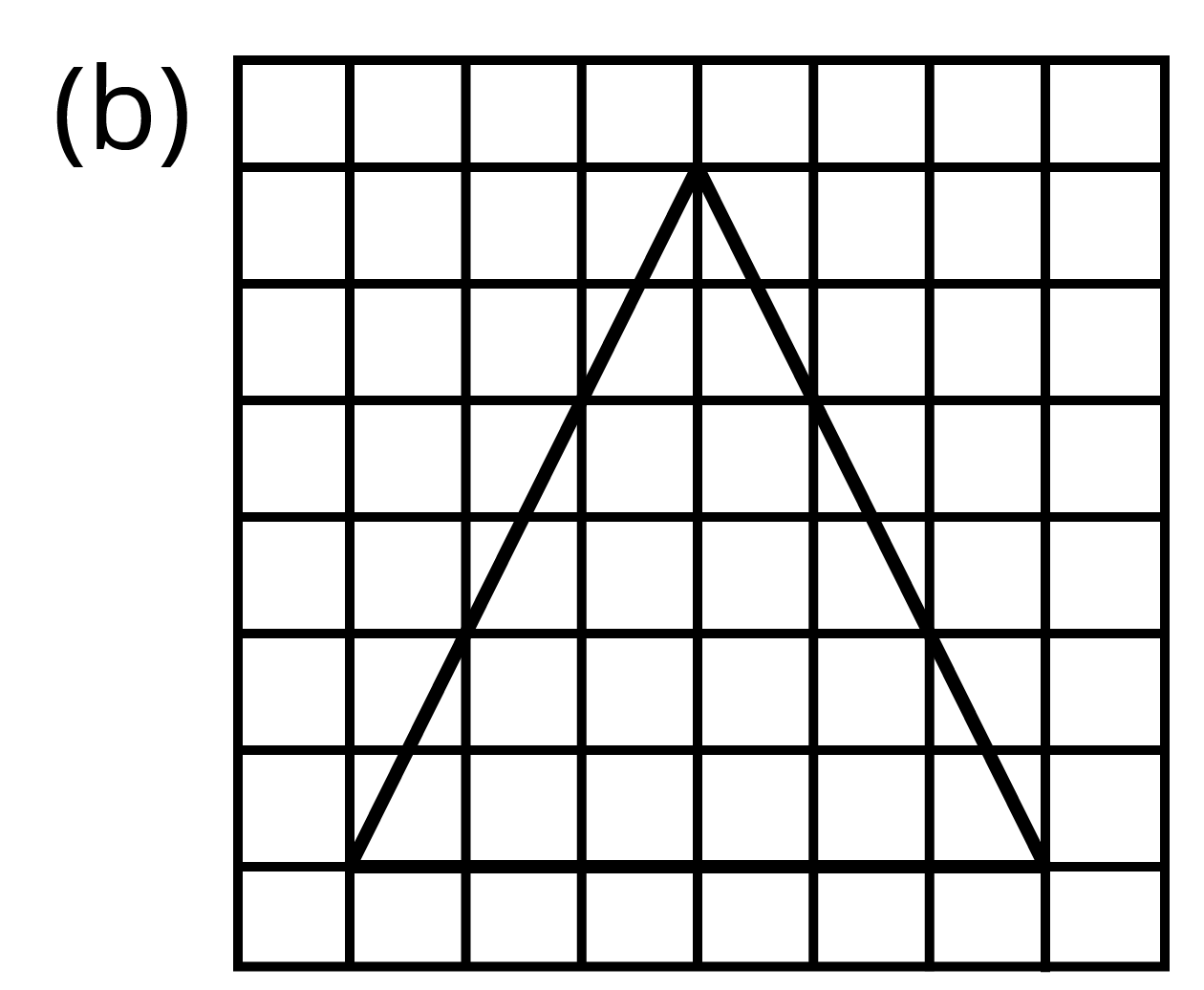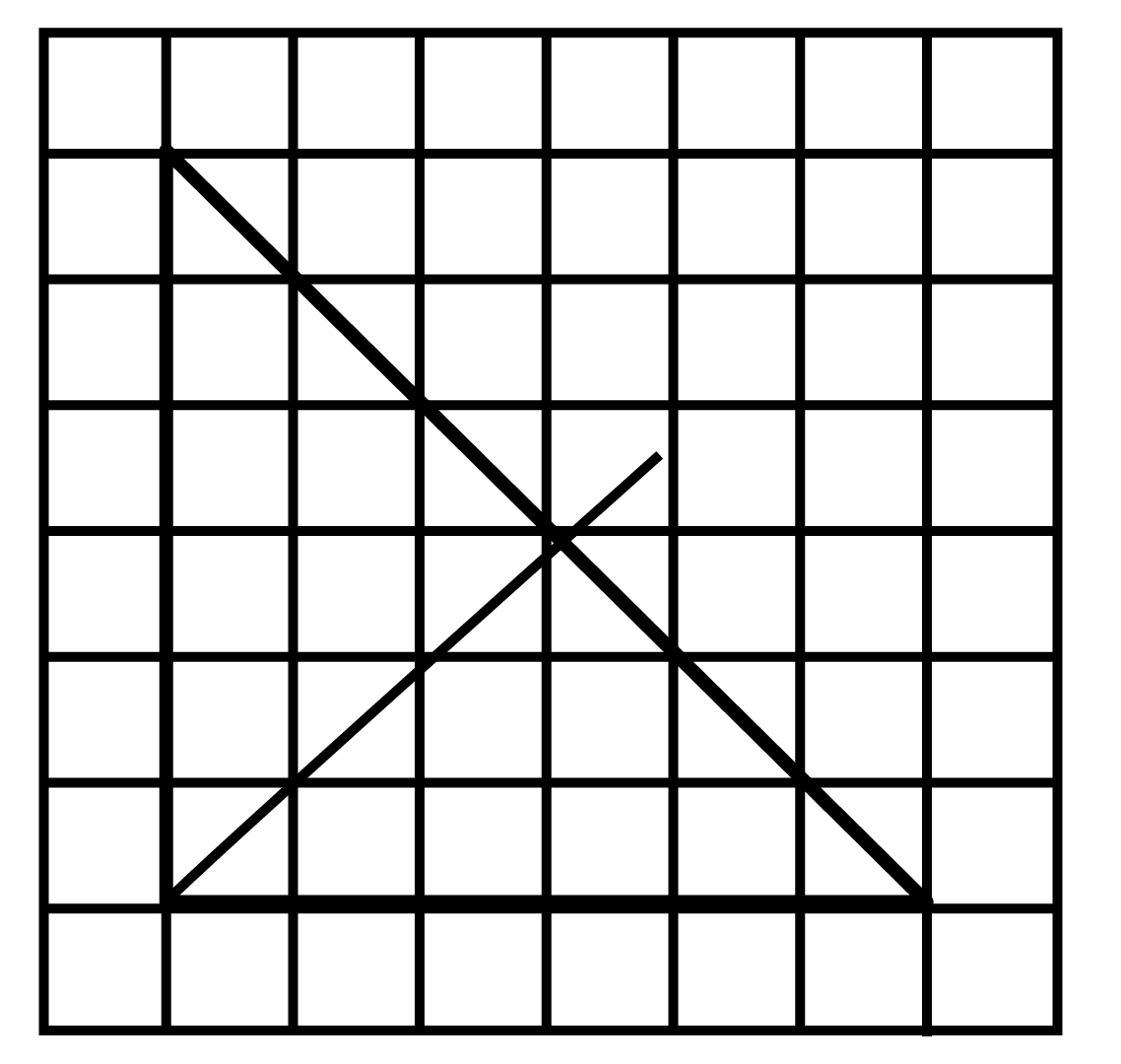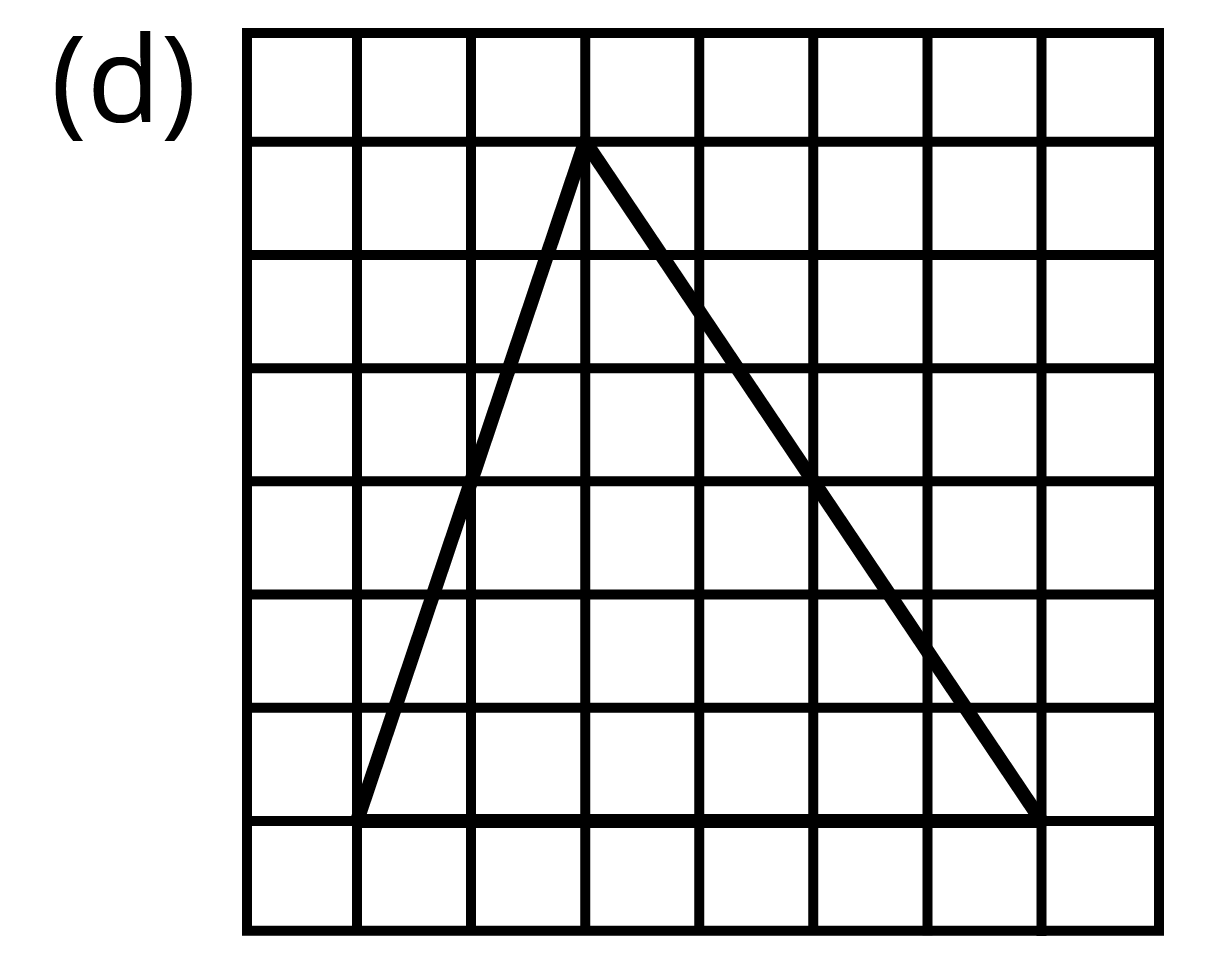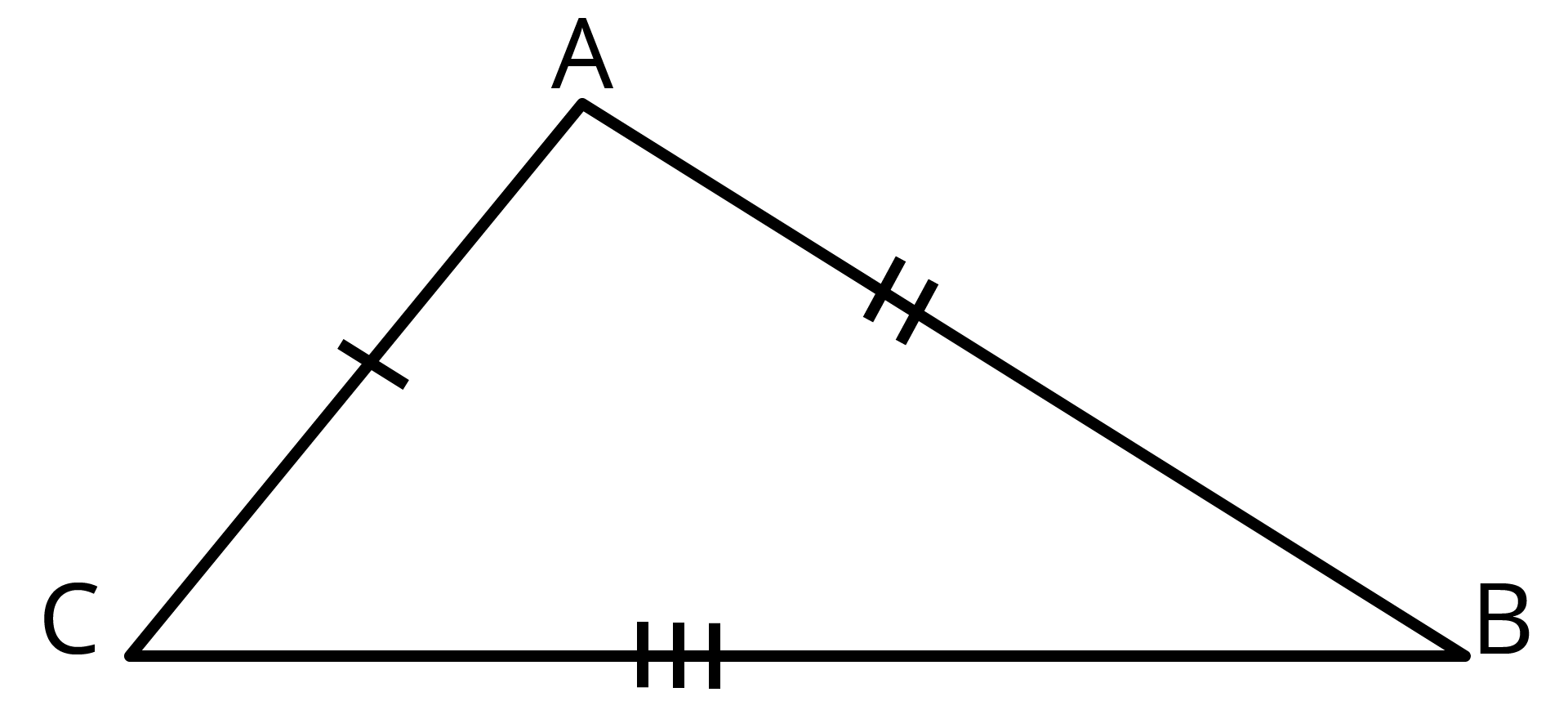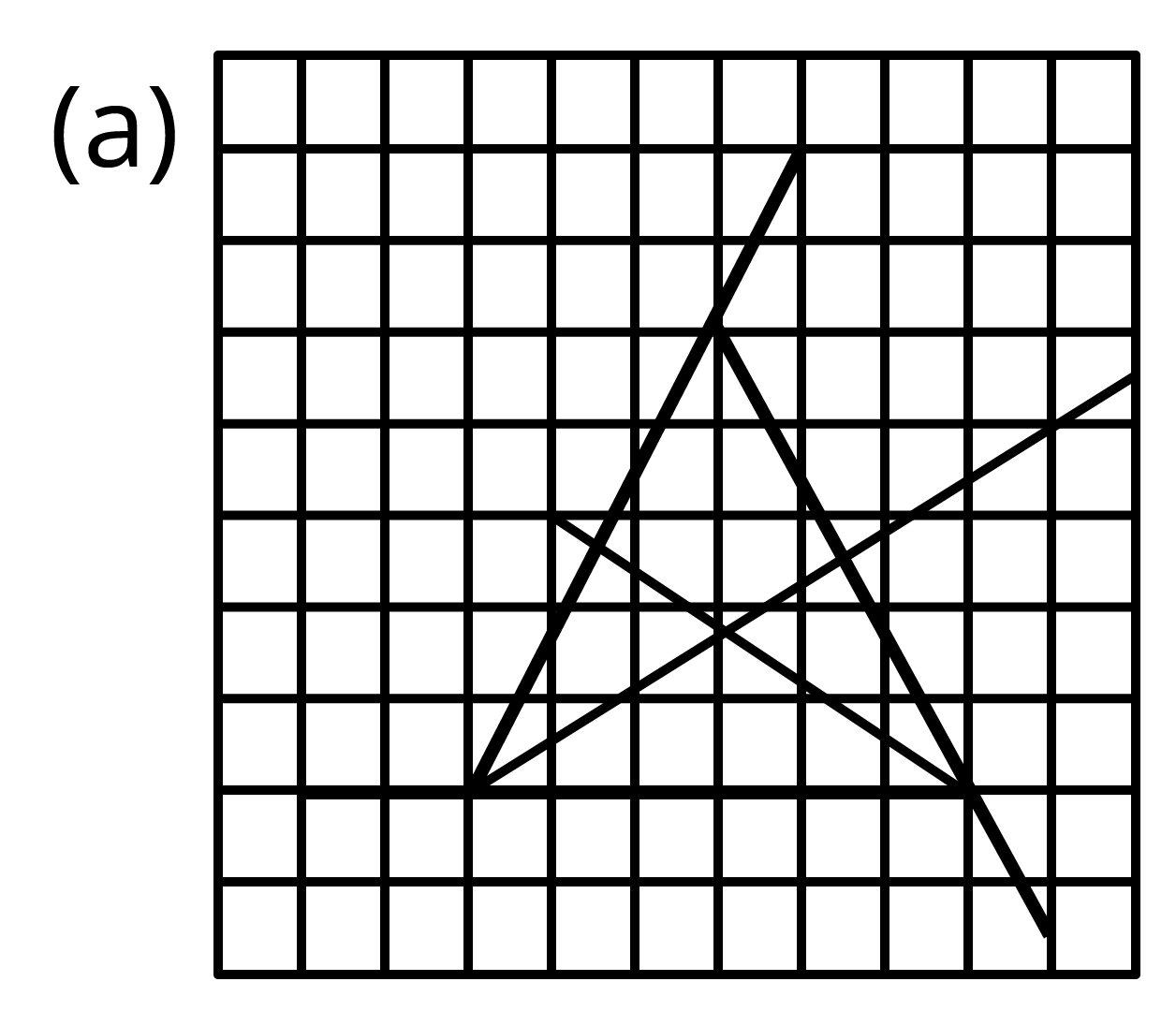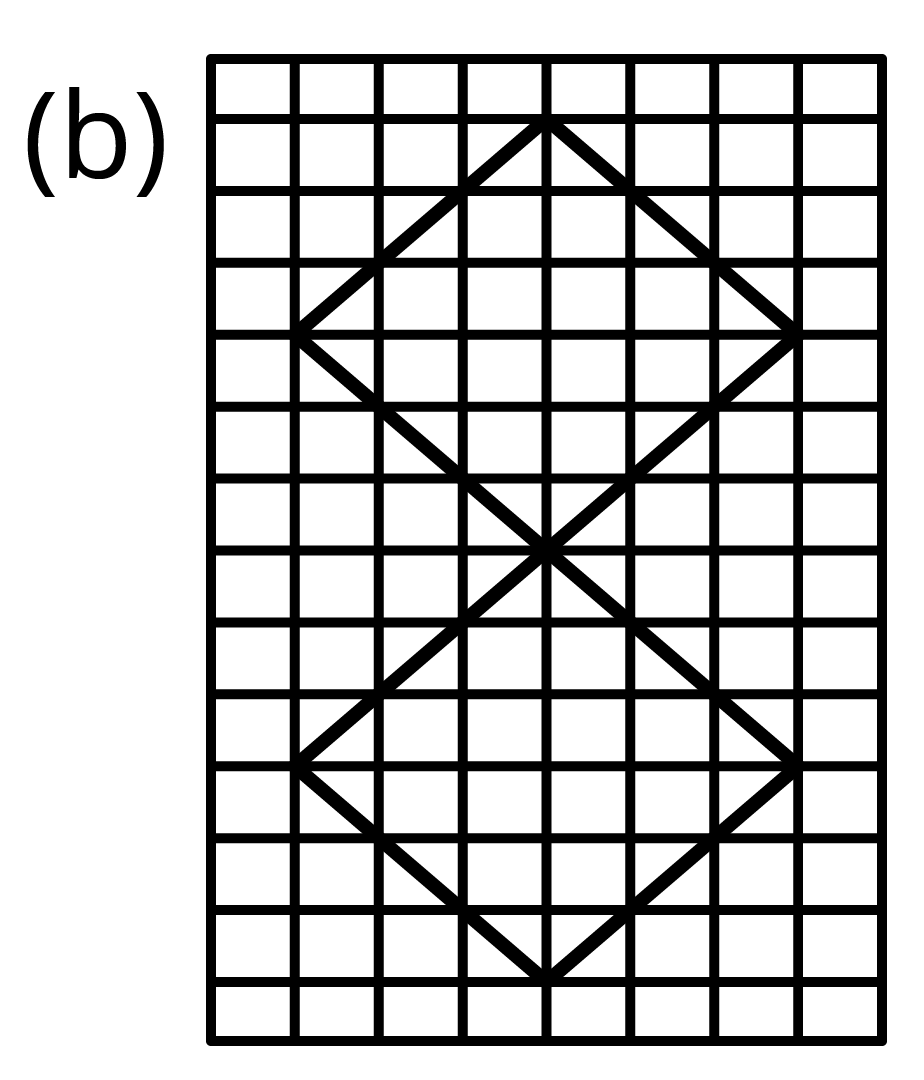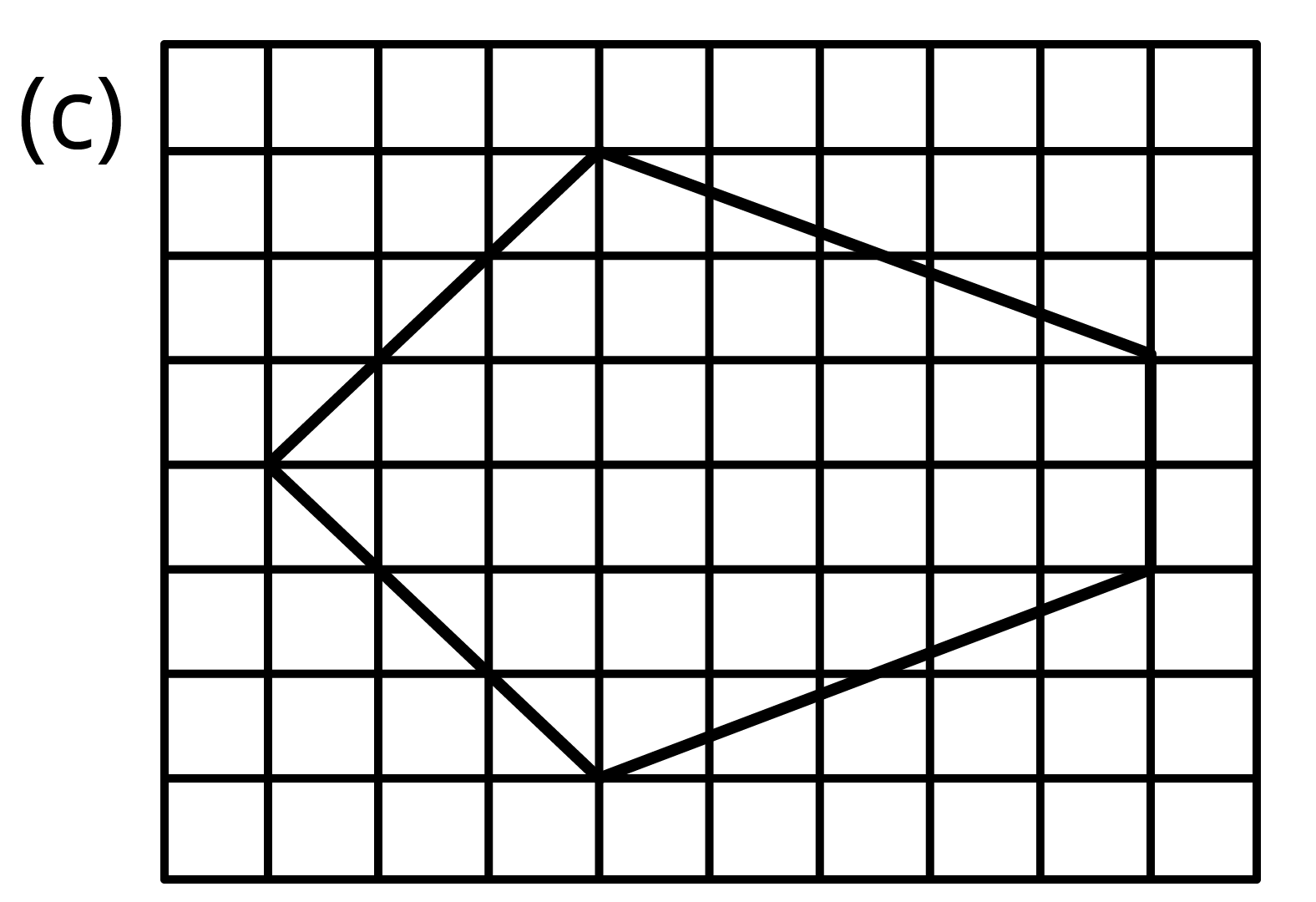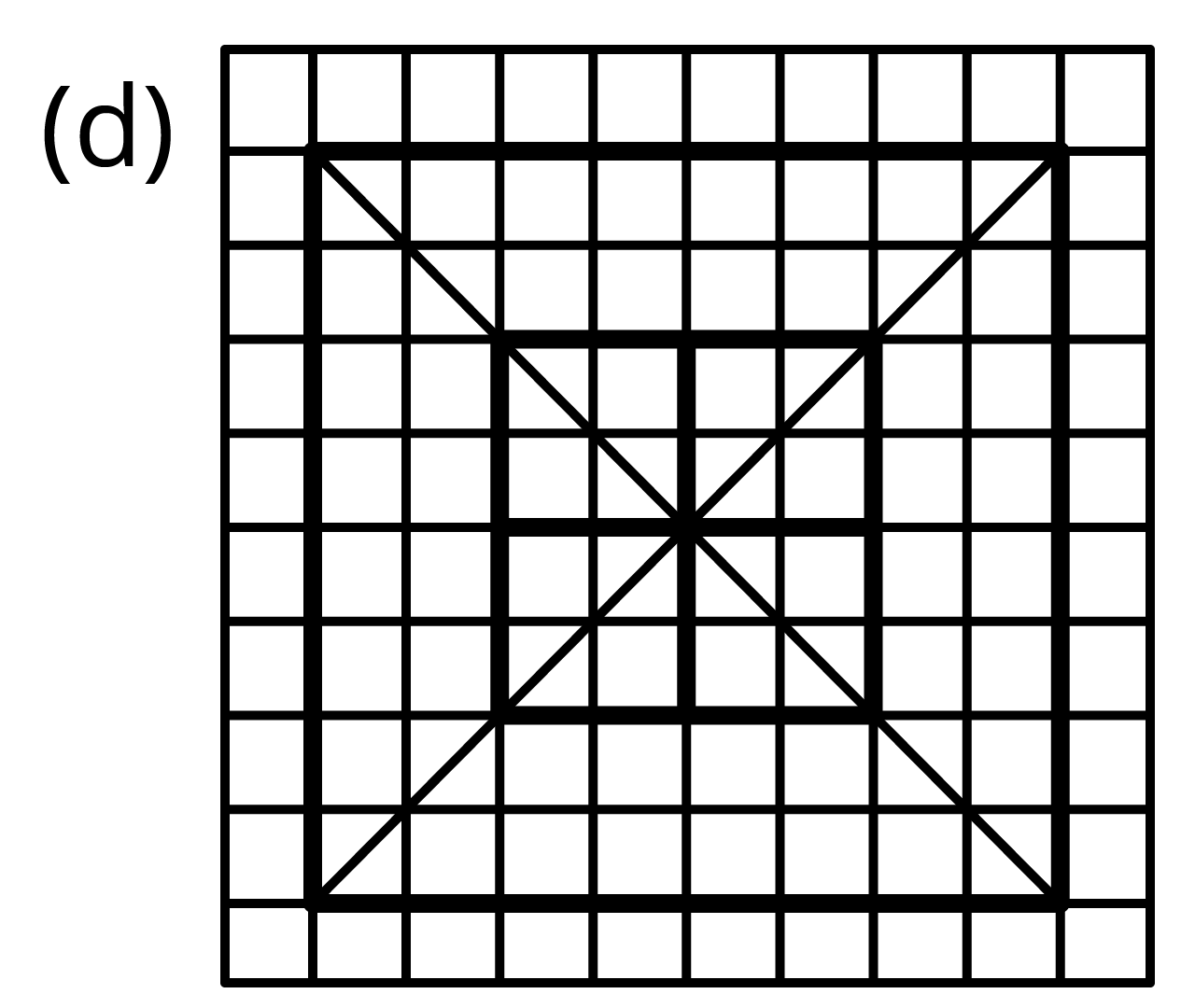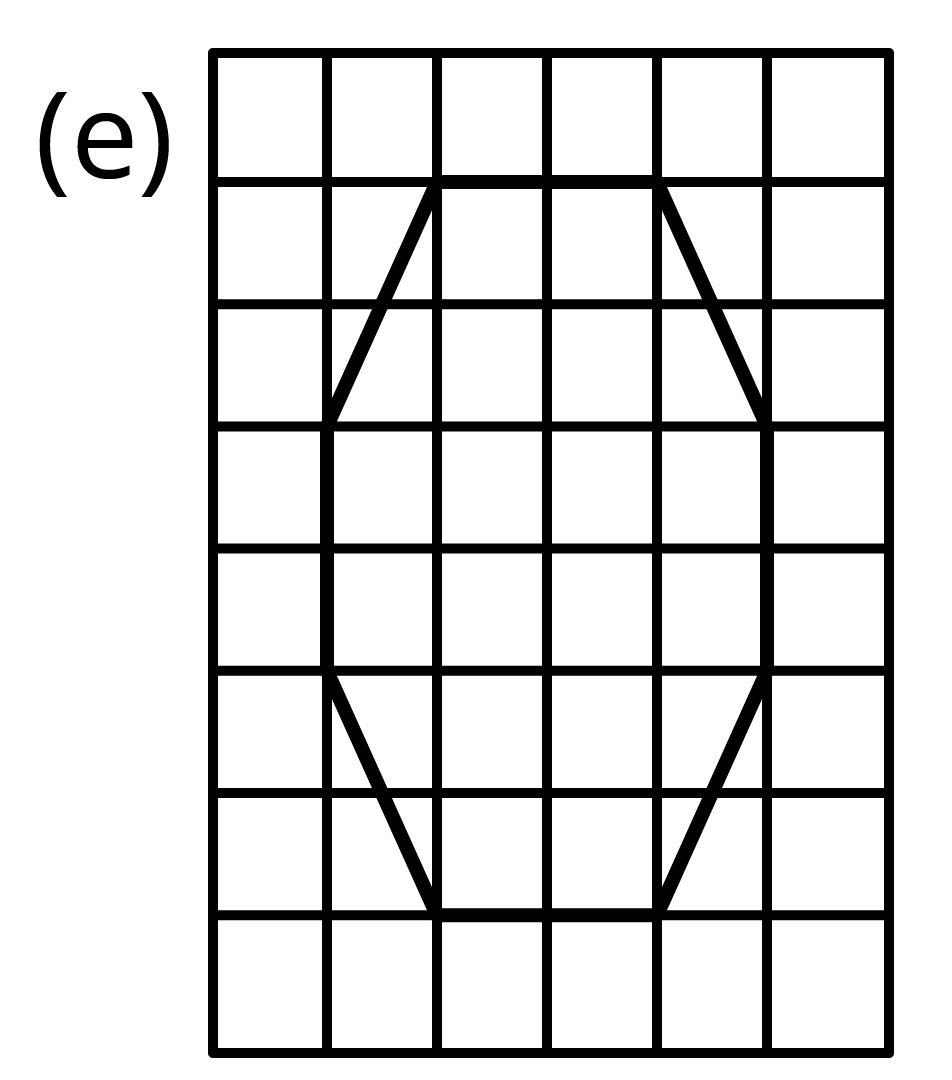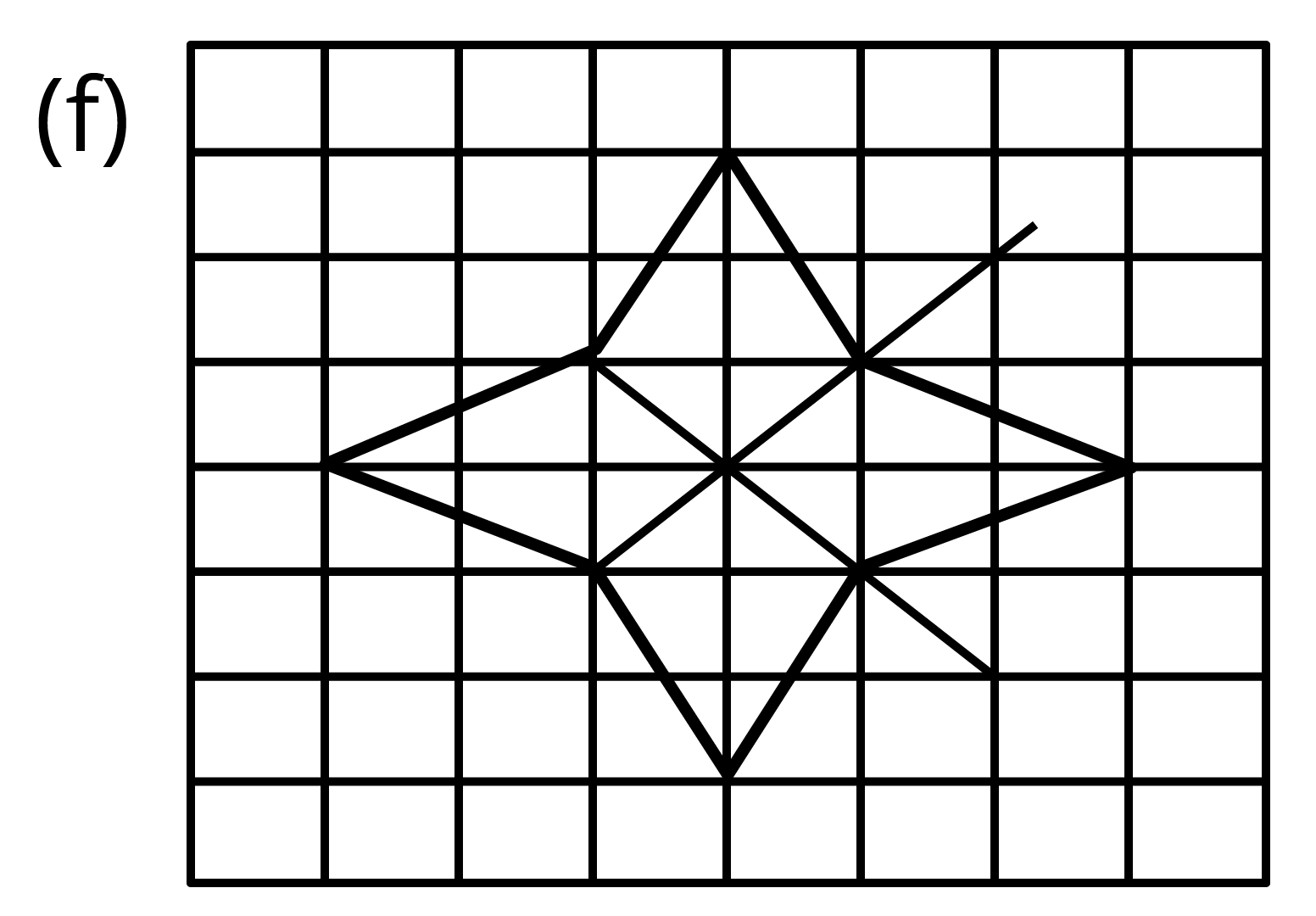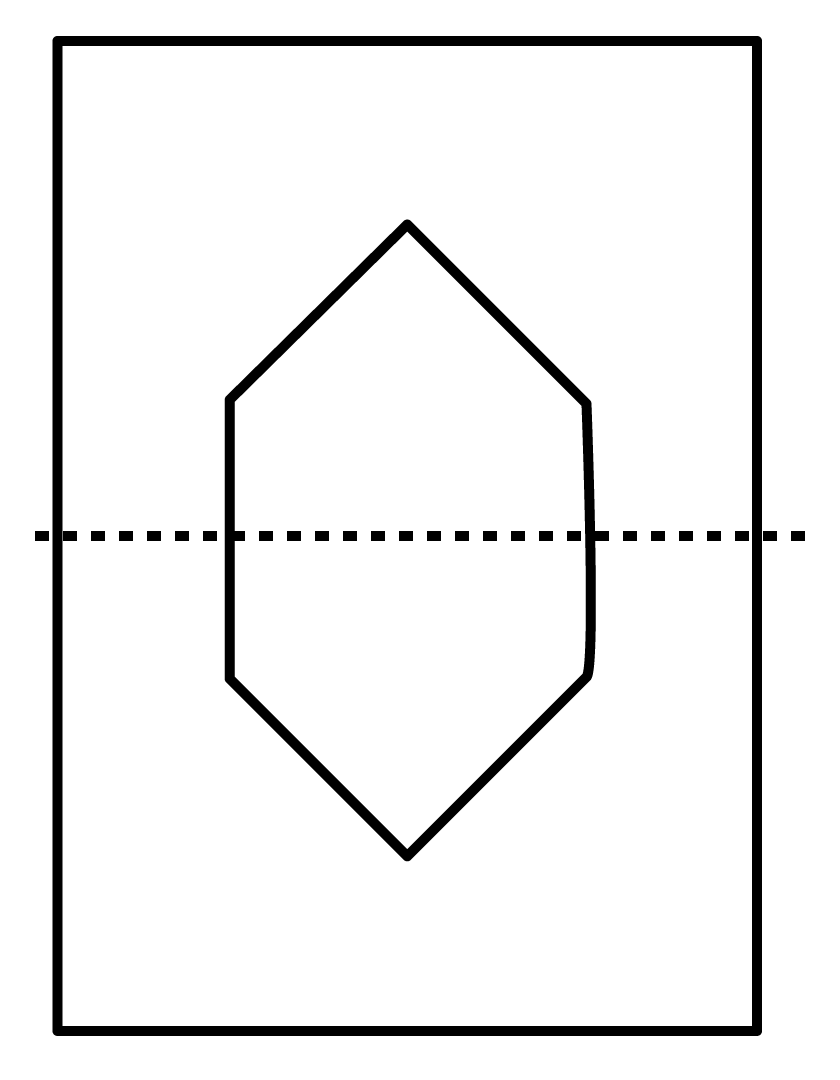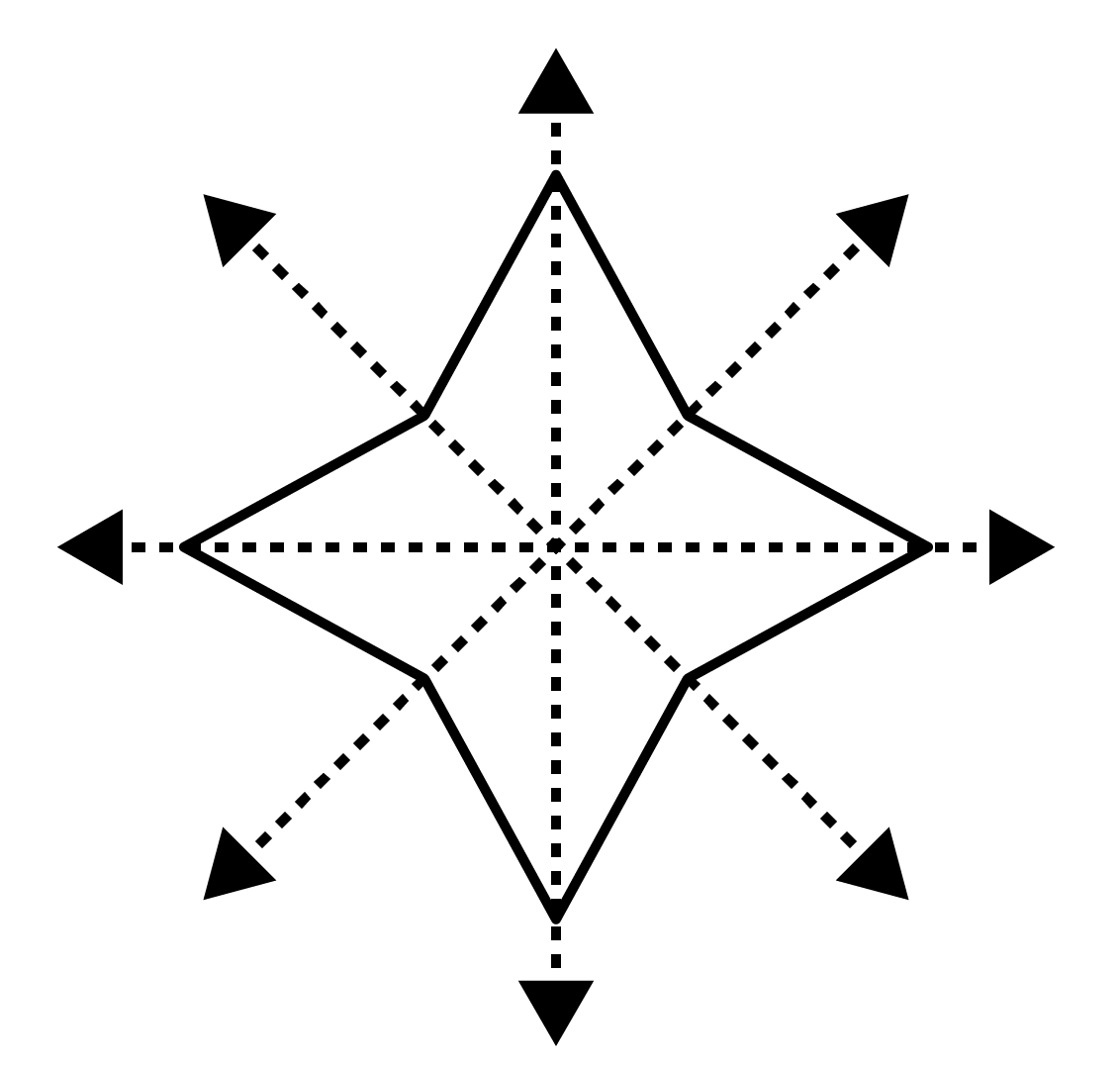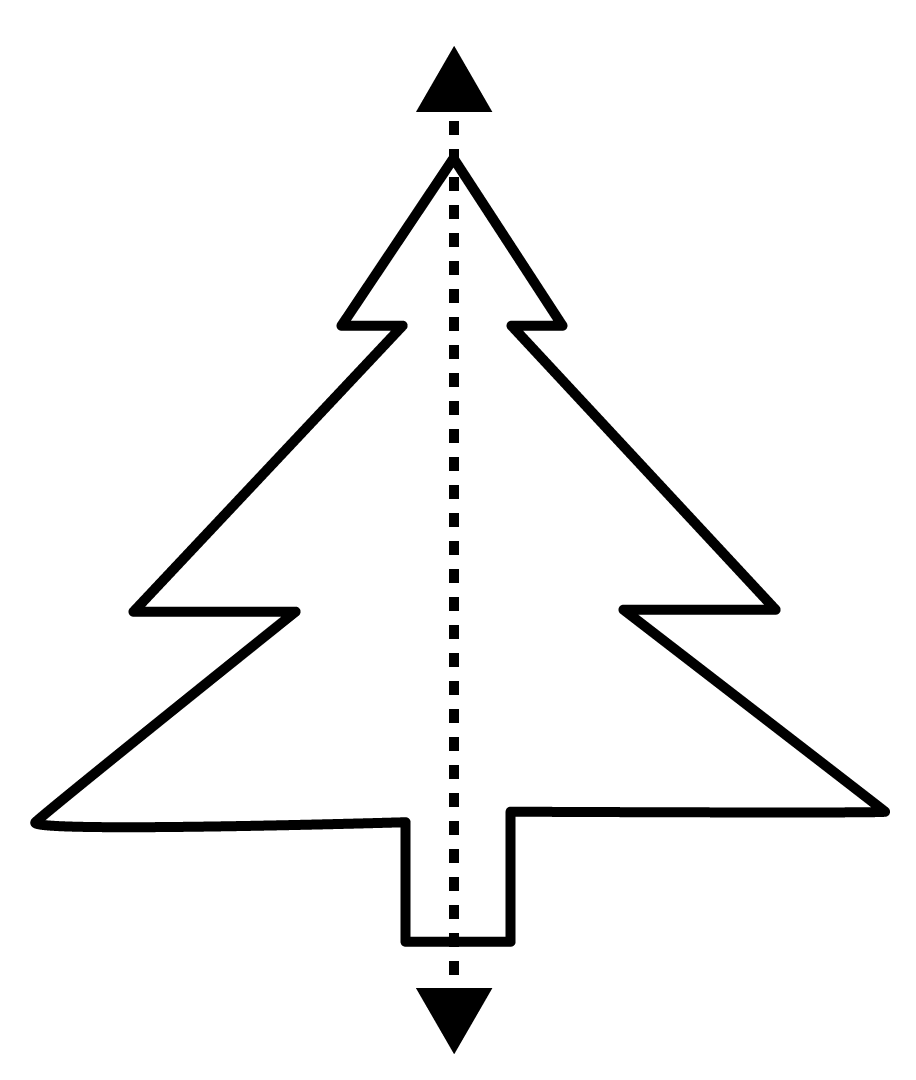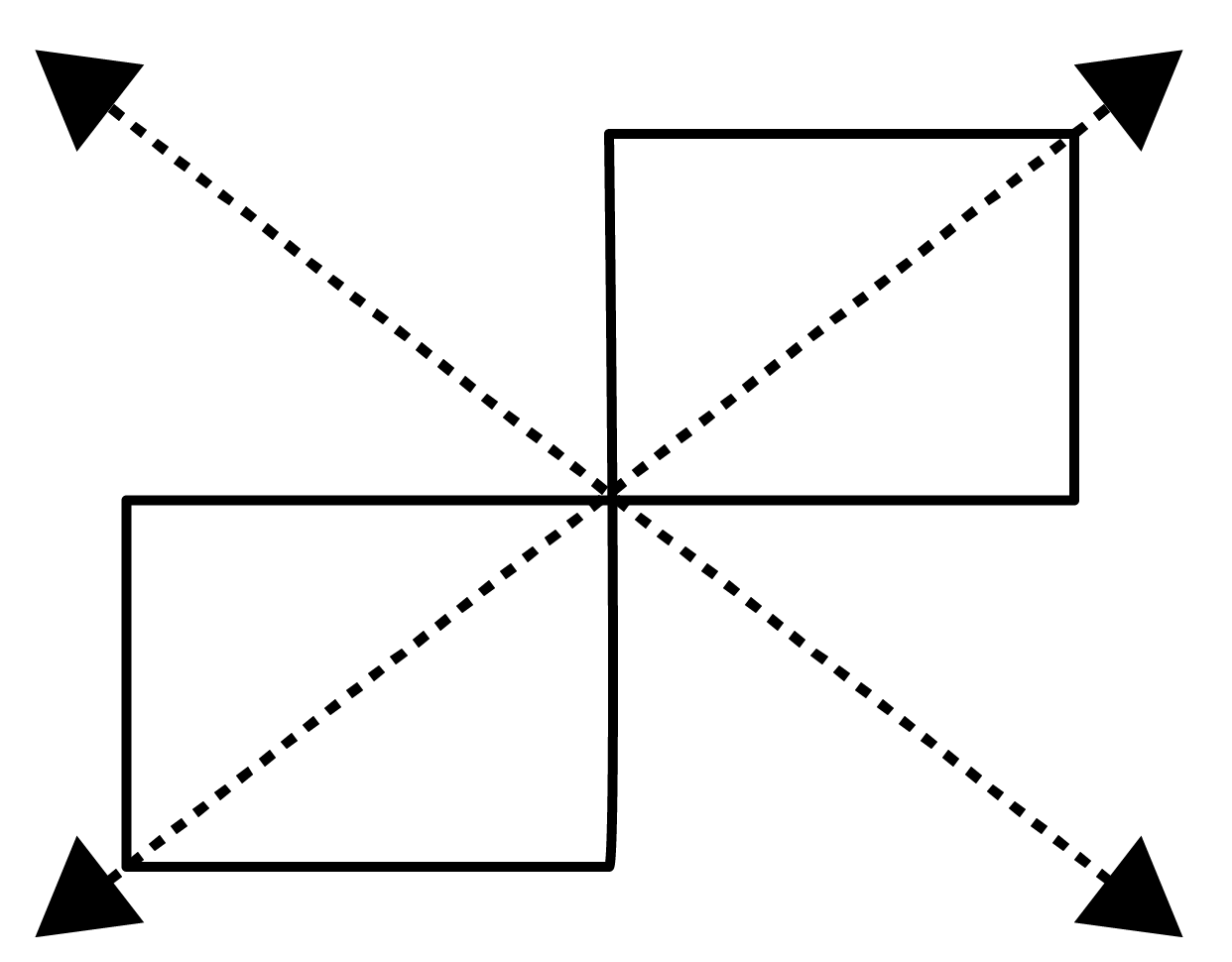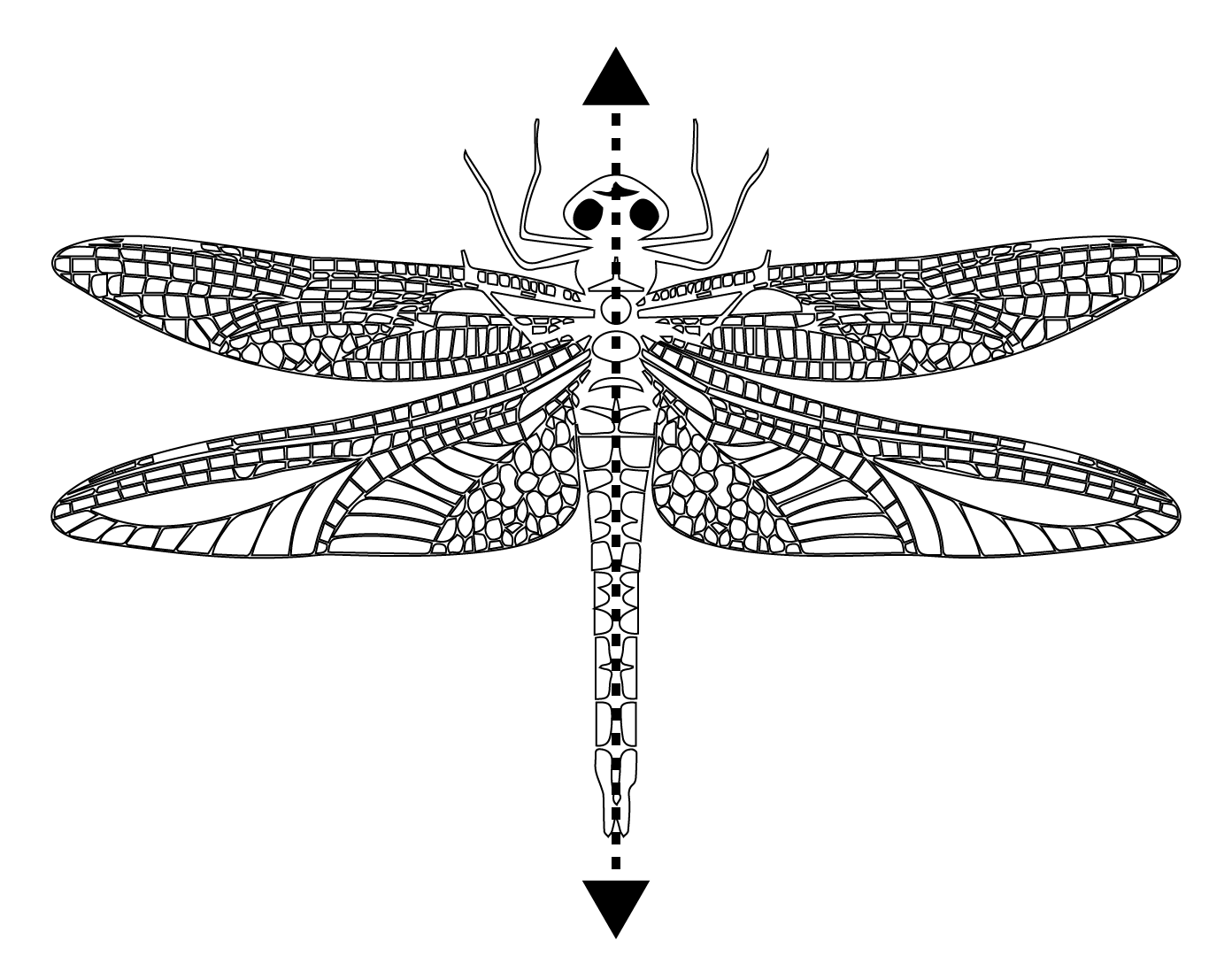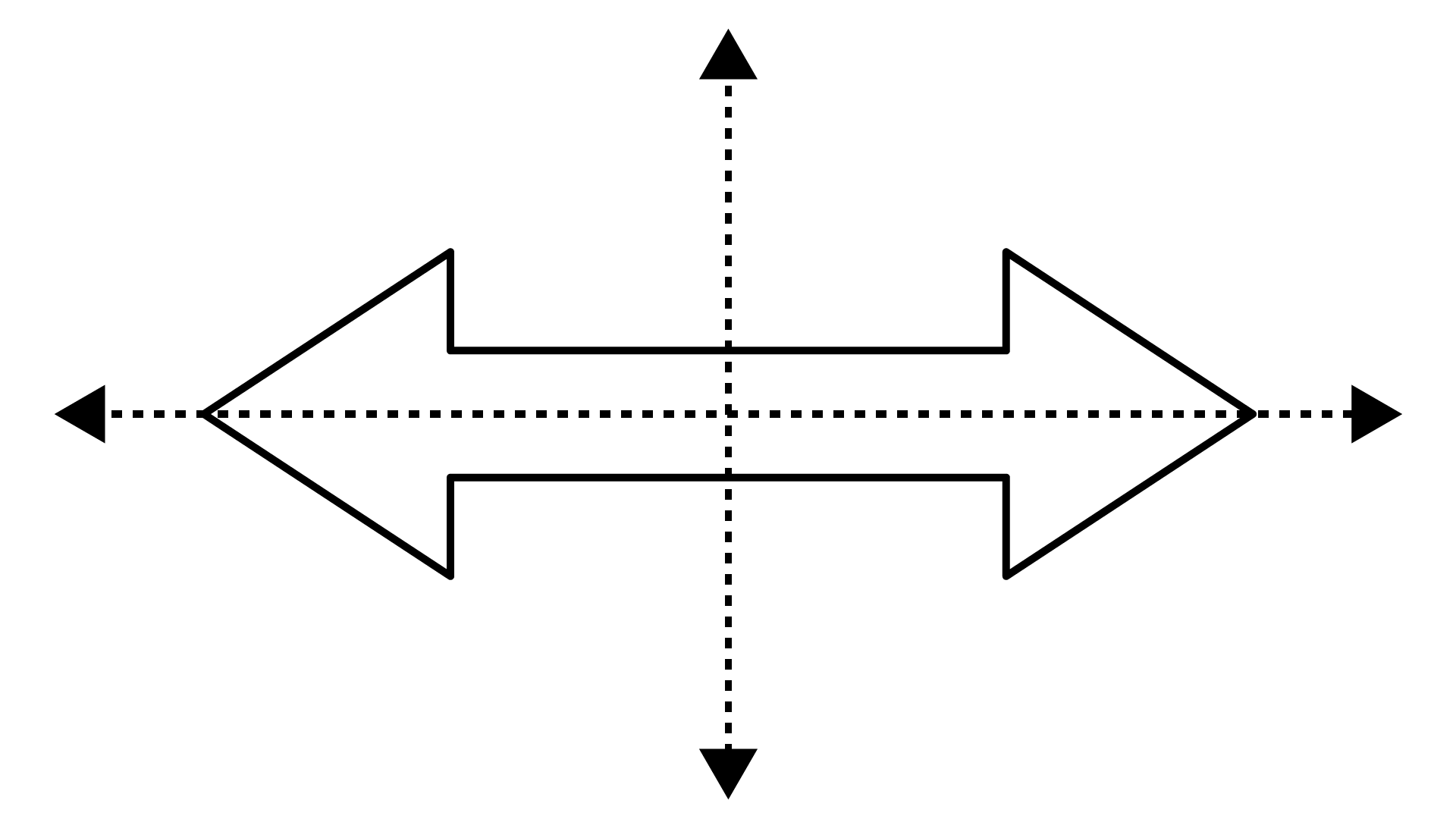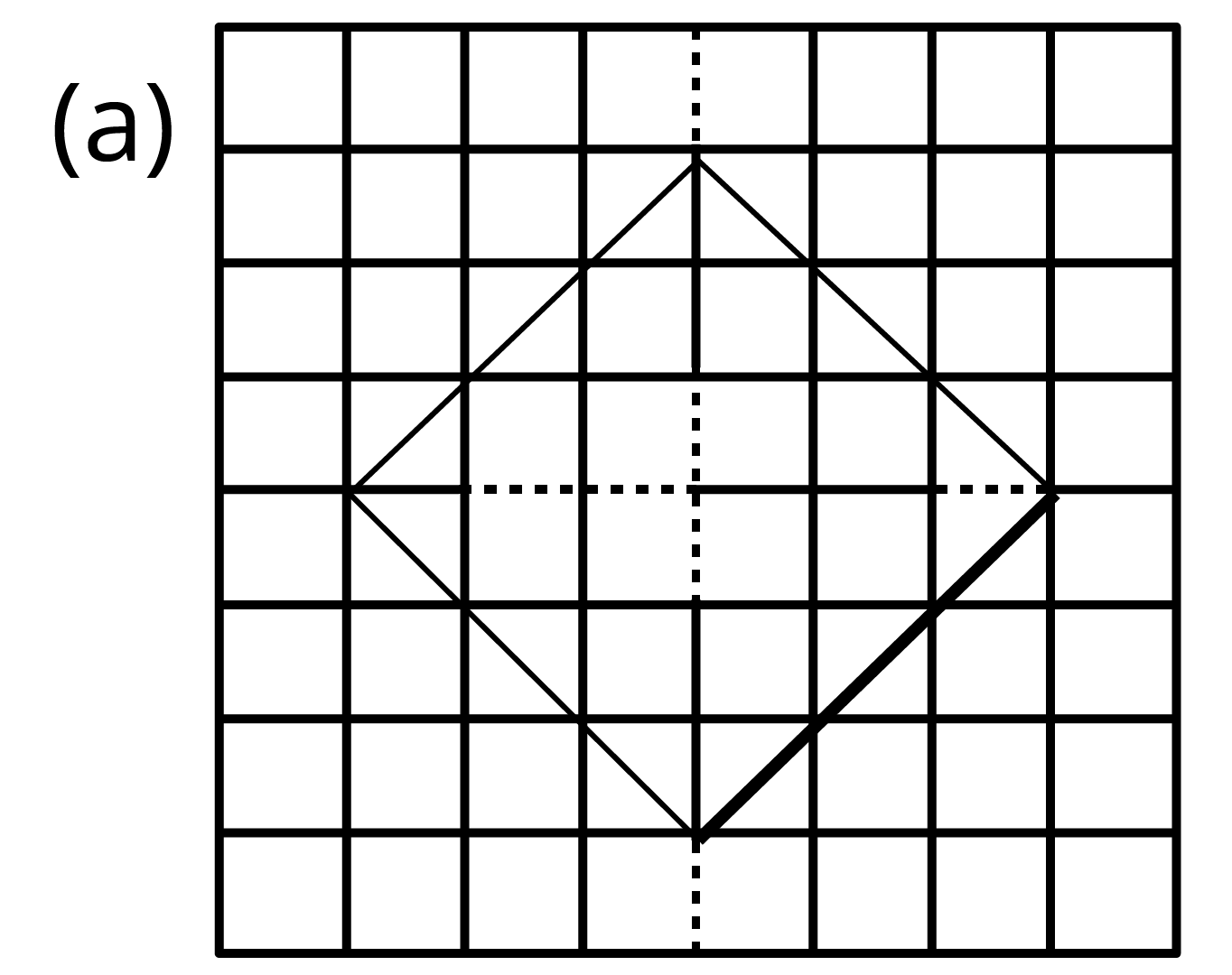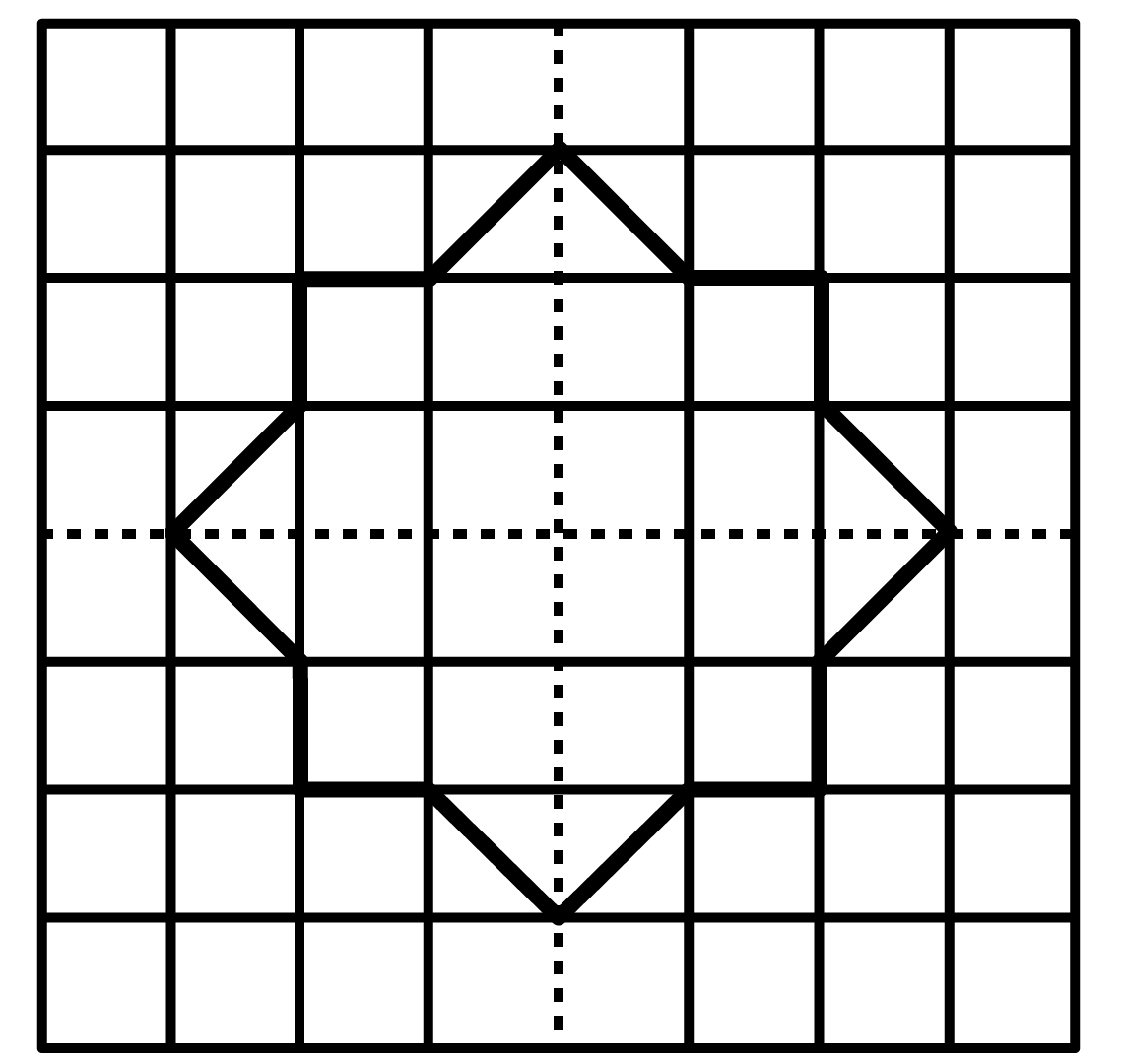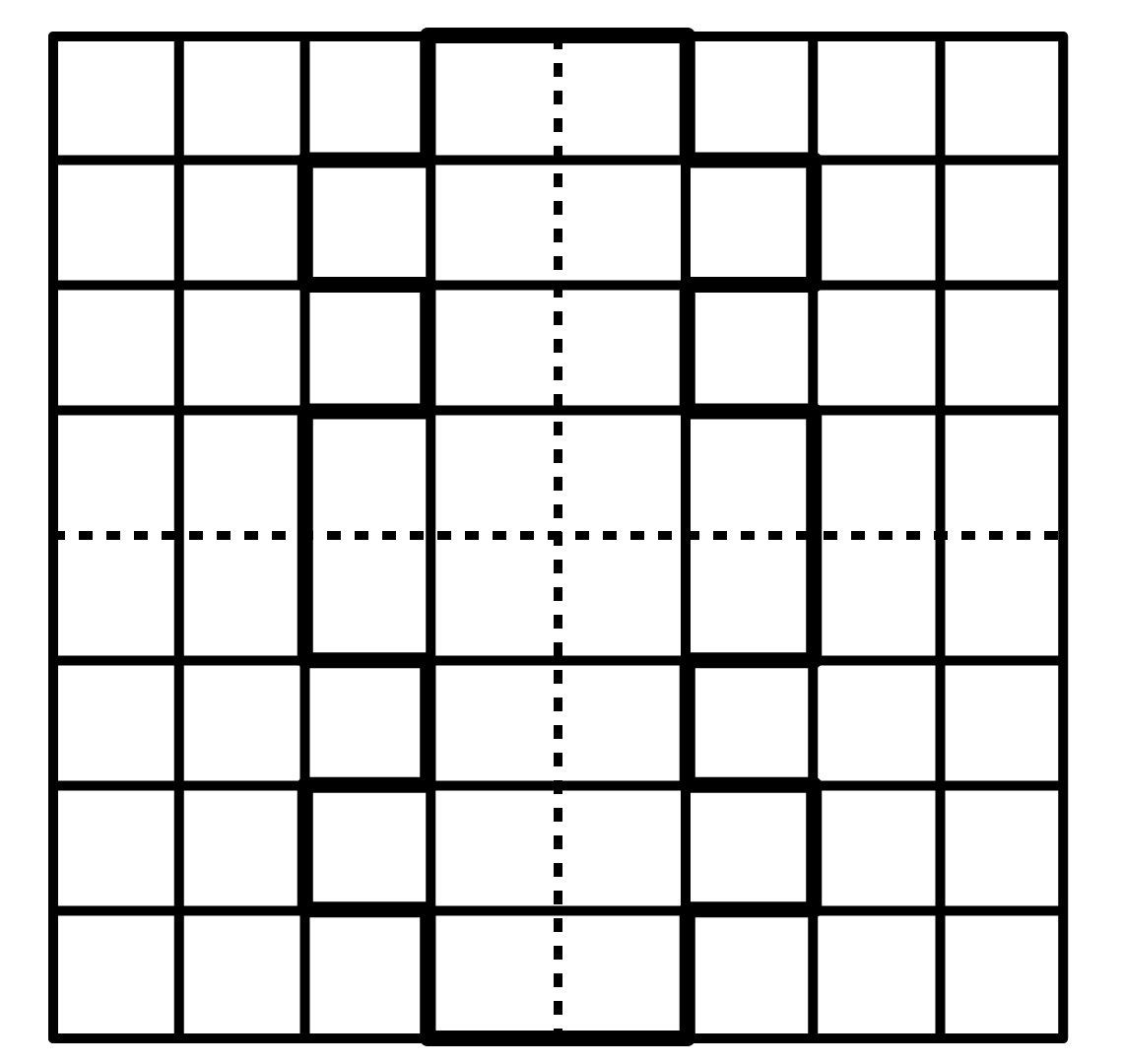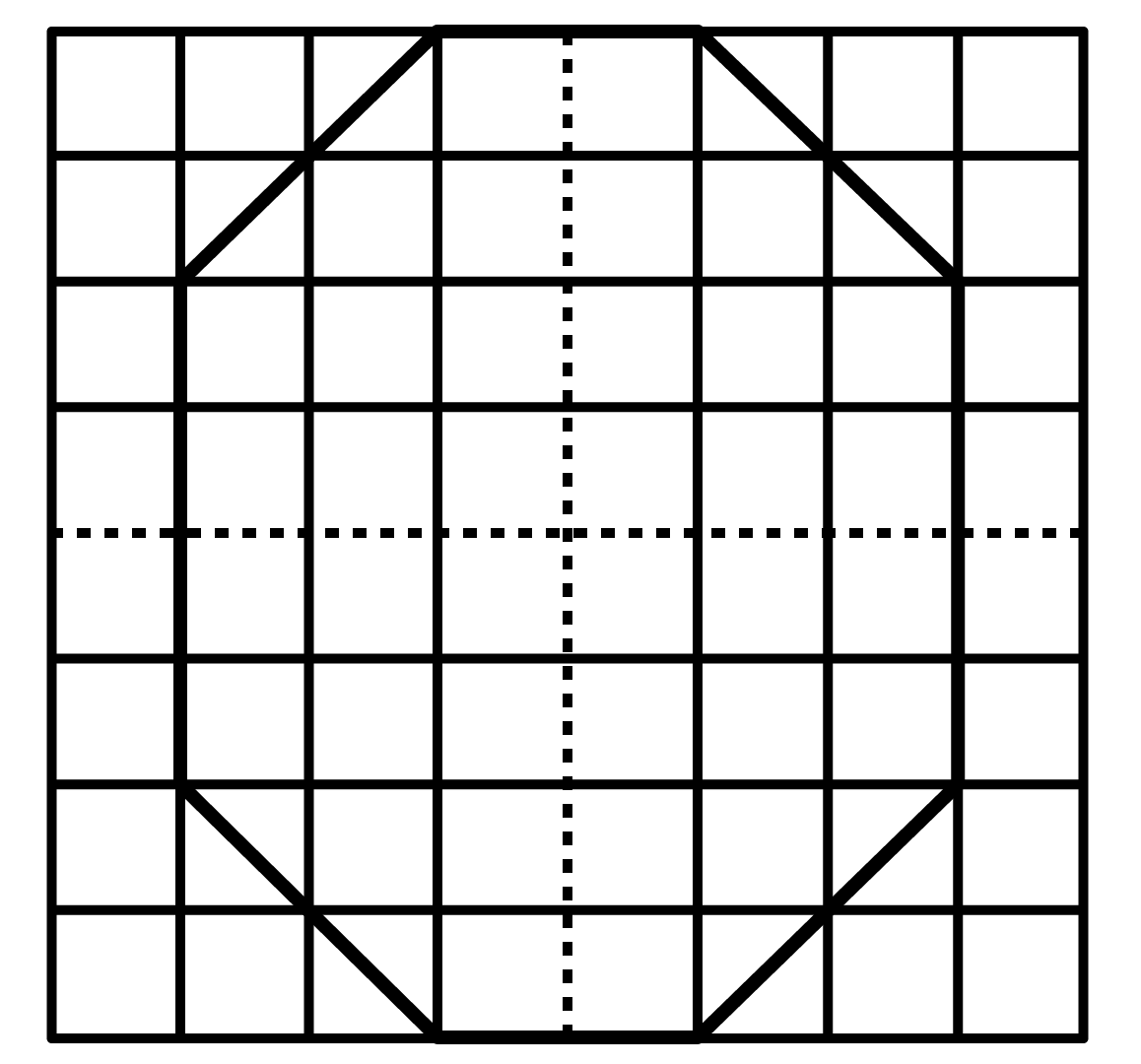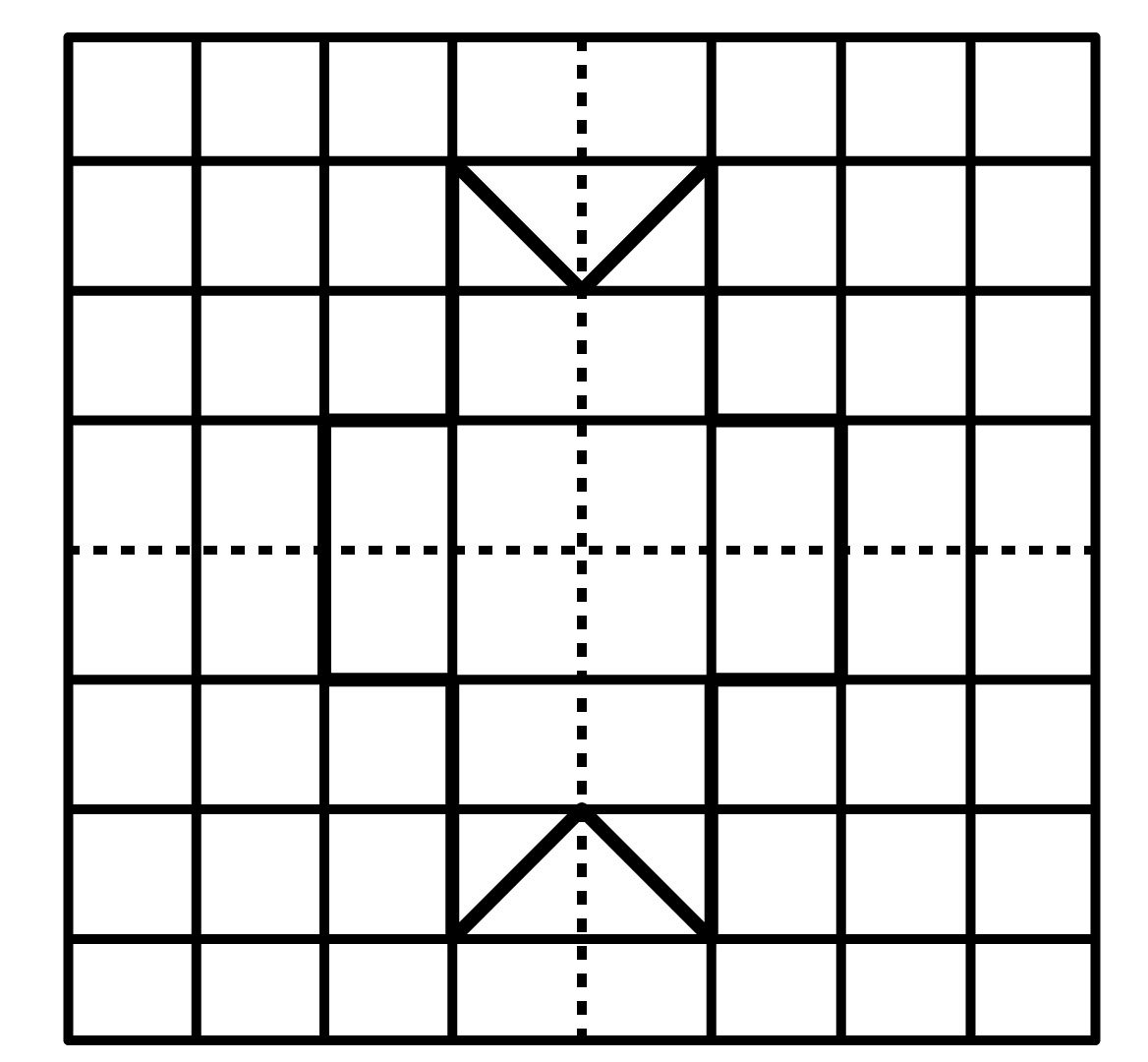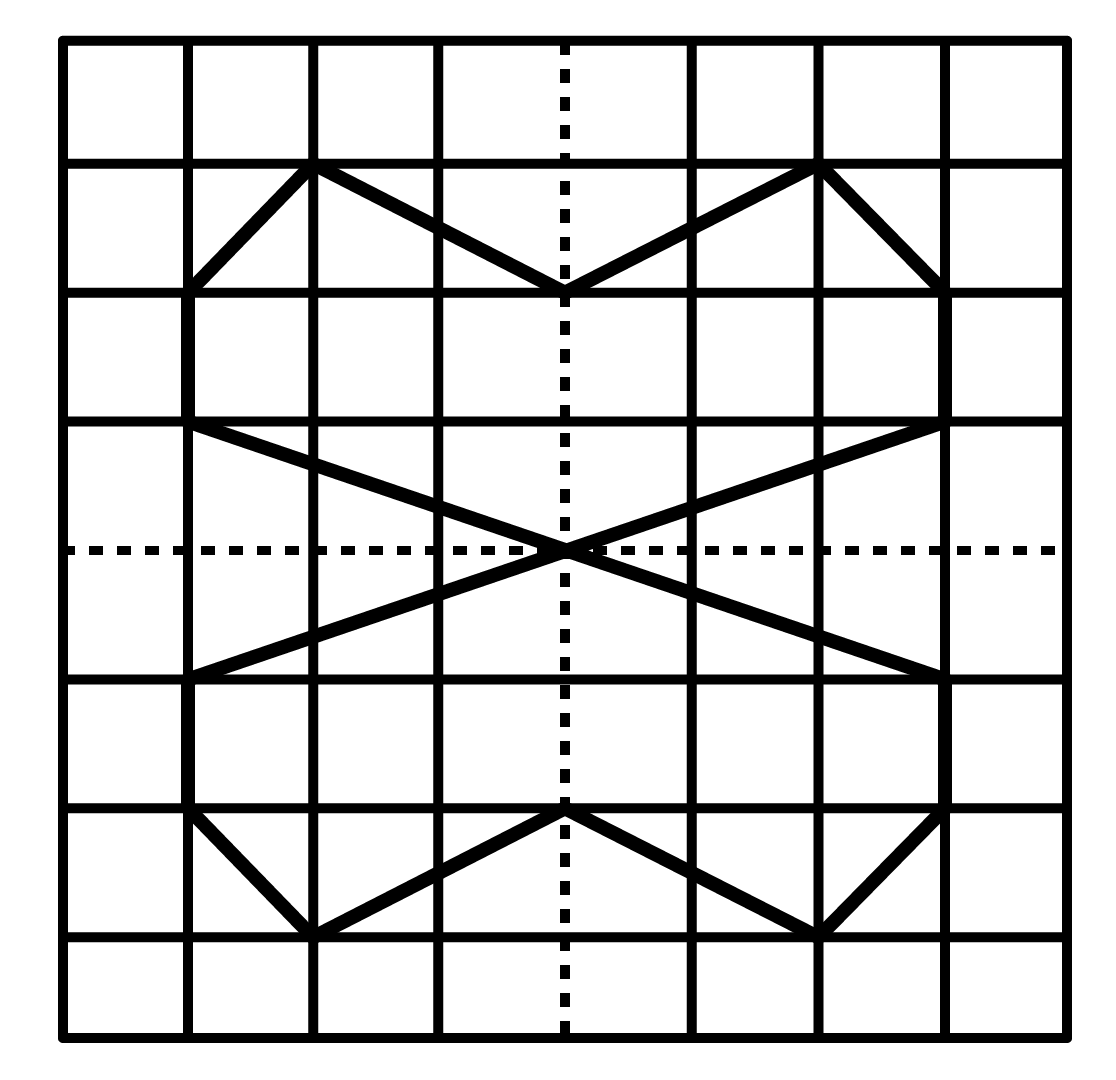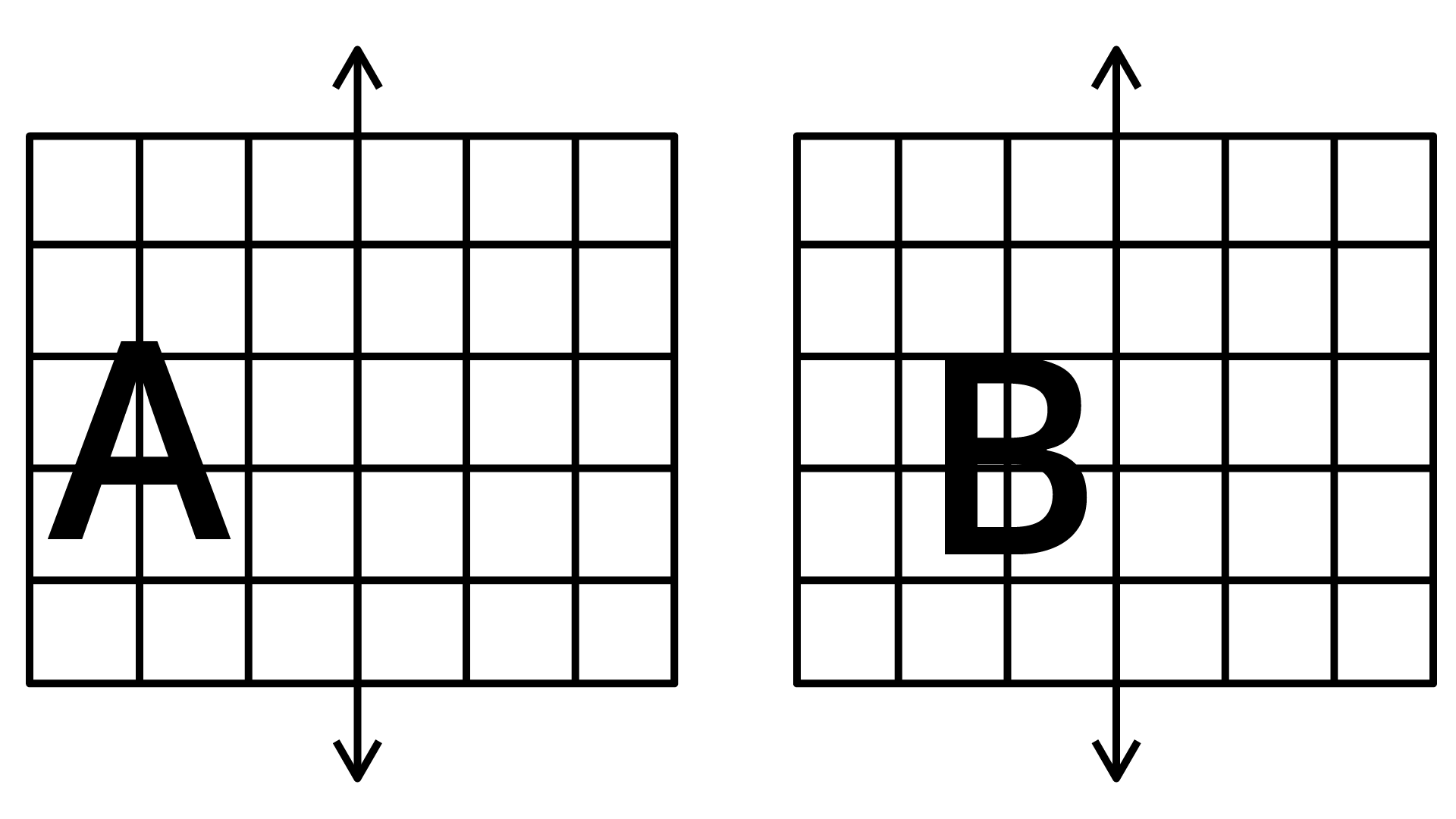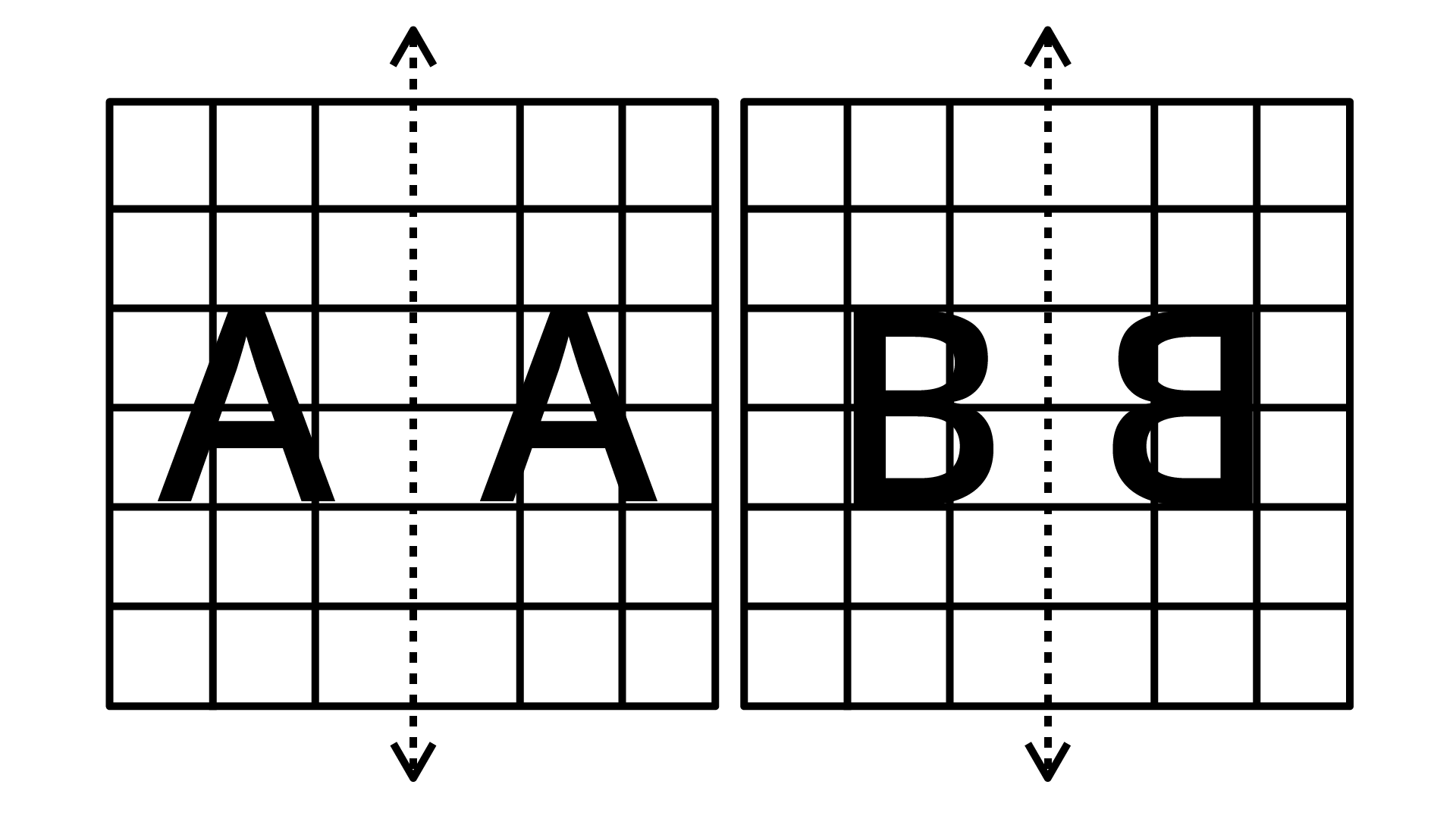NCERT Solutions for Class 6 Maths Chapter 13 Symmetry in Hindi PDF Download
FAQs on NCERT Solutions for Class 6 Maths In Hindi Chapter 13 Symmetry
1. What is the effective way to study Chapter 13 “Symmetry” of Class 6 Maths?
The effective way to study the Chapter 13 Symmetry of NCERT Solutions for Class 6 Maths is by practising all the solved examples and problems. Symmetry is one of the most important topics in Class 6 Maths. To get started with studying this chapter, you can make notes and write down important points and formulas in bullet points. Learn the core concepts and theory of this chapter first and then try to solve the exercises and questions.
2. Define symmetry included in Chapter 13 “Symmetry” of Class 6 Maths?
Symmetry is a term widely used for studying geometry. It is an important aspect of geometry. Symmetry in Chapter 13 of NCERT Solutions for Class 6 Maths means that when you move one shape while flipping, sliding, or turning, it then exactly becomes exactly like the other one. If the object is in equal proportion on both sides, then the object is symmetrical. In short, symmetry in Maths is like a mirror image.
3. Are NCERT Solutions for Class 6 Maths an important resource for studying?
Yes, the NCERT Solutions for Class 6 Maths are an important resource for studying. These solutions are provided for every class and different subjects. You will get to see the solutions in a stepwise manner along with the weightage of marks for each answer. It will help you in scoring good marks in the chapters or topics in which you are weak and enhance you further in the parts you are strong.
4. How many types of symmetry are there in Class 6 Maths Chapter 13?
There are four types of symmetry in Class 6 Maths:
Translation symmetry - In translation symmetry, the object glides about on the centre line.
Reflection symmetry - When in an object, one half of the object reflects the other half, it is known as reflection symmetry.
Glide symmetry - The summation of both translation and reflection conversions is known as glide symmetry.
Rotational symmetry - In rotational symmetry, an object is rotated 90 degrees in a particular direction.
5. Mention a few types of questions covered in NCERT Solutions for Class 6 Maths Chapter 13?
In NCERT Solutions for Class 6 Maths Chapter 13, some of the types of questions covered are related to the number of lines of symmetry (single lines of symmetry, two lines of symmetry, three lines of symmetry or multiple lines of symmetry), identification of symmetric shapes, and the other questions which are given in the form of figures. In this chapter, you will find three exercises which will consist of seventeen questions.
















